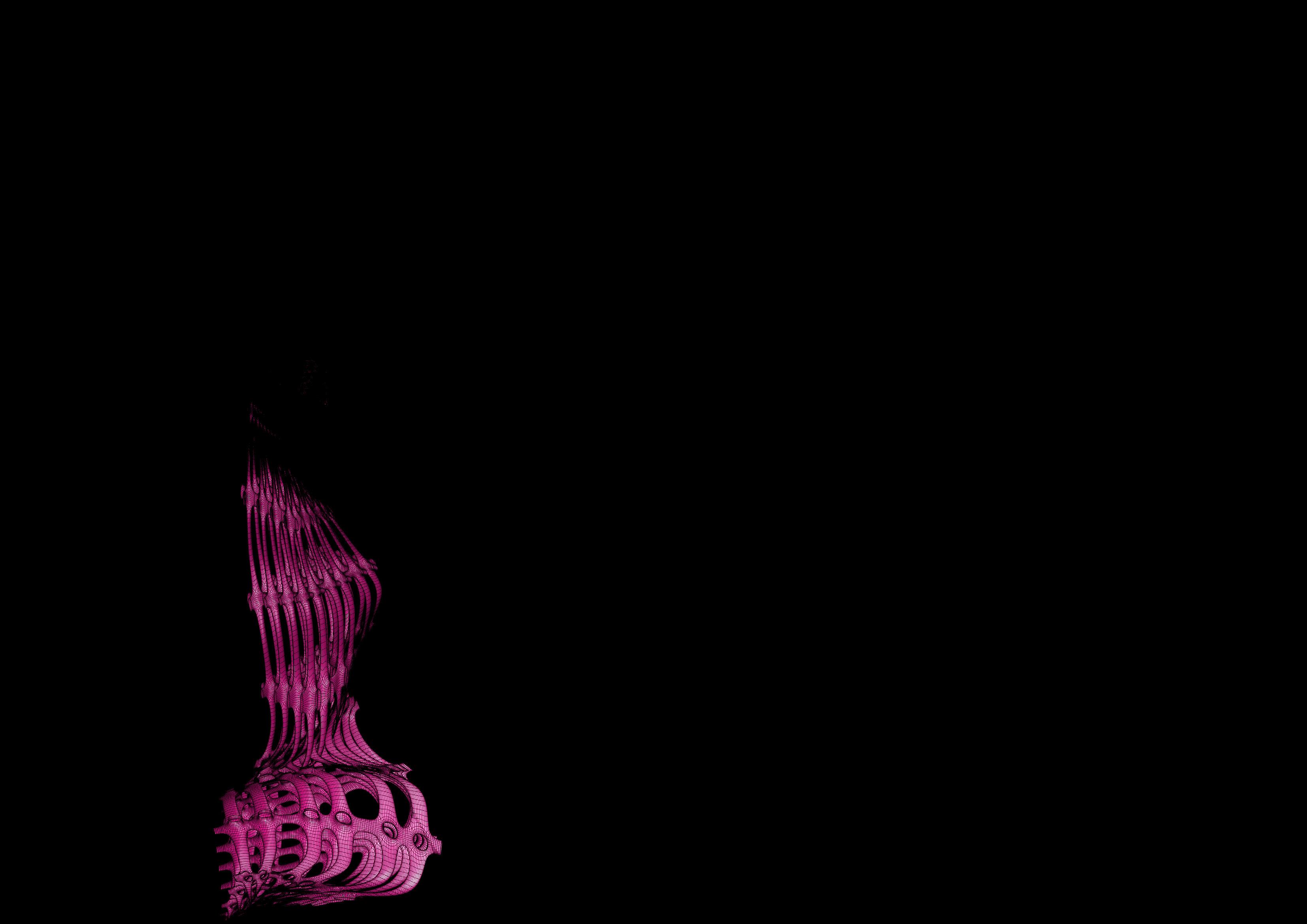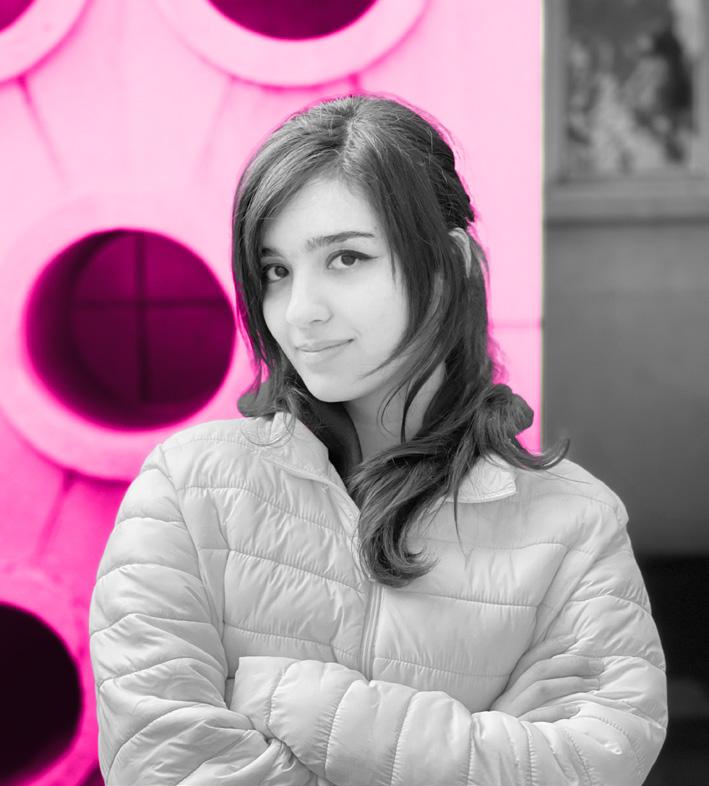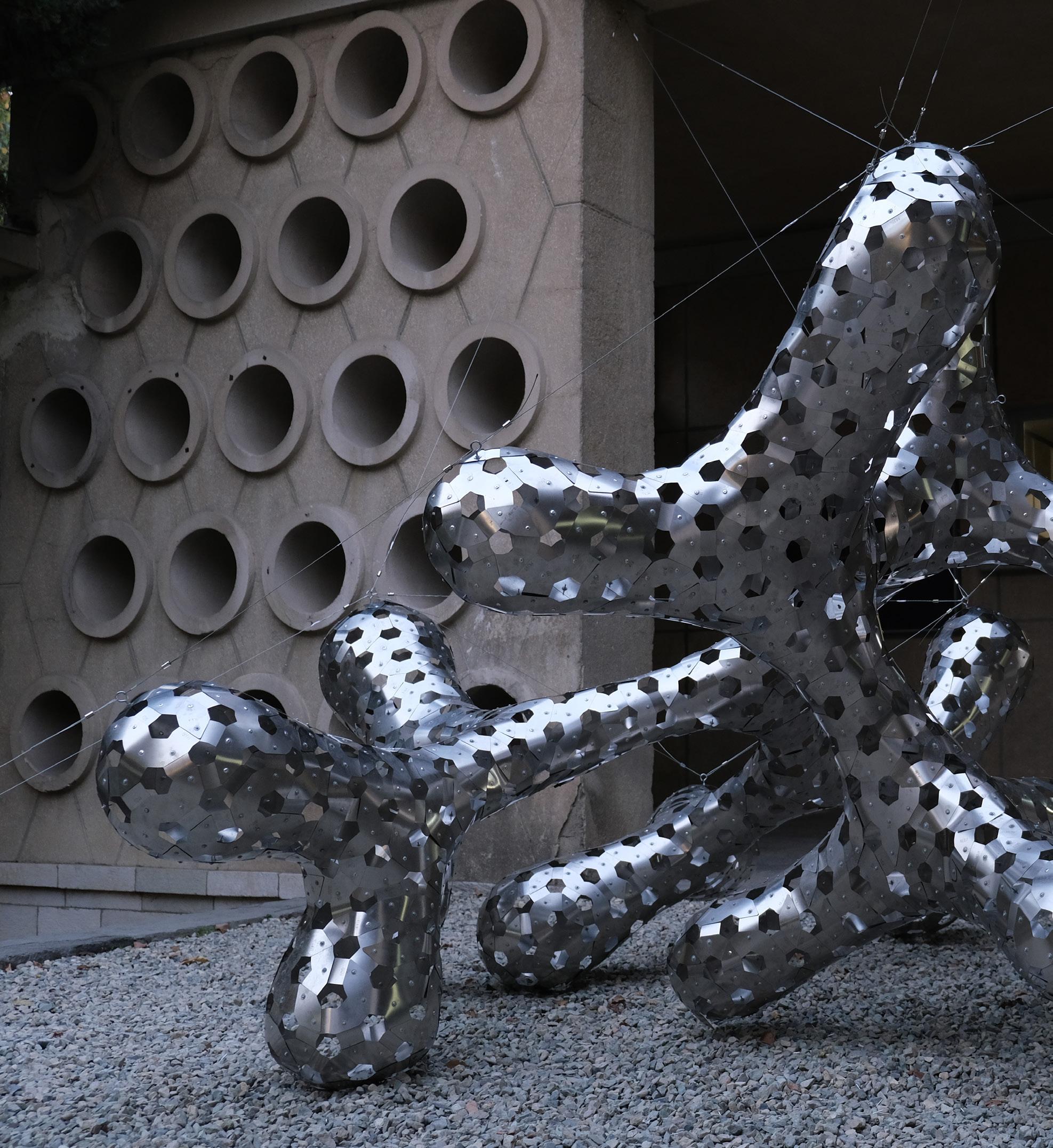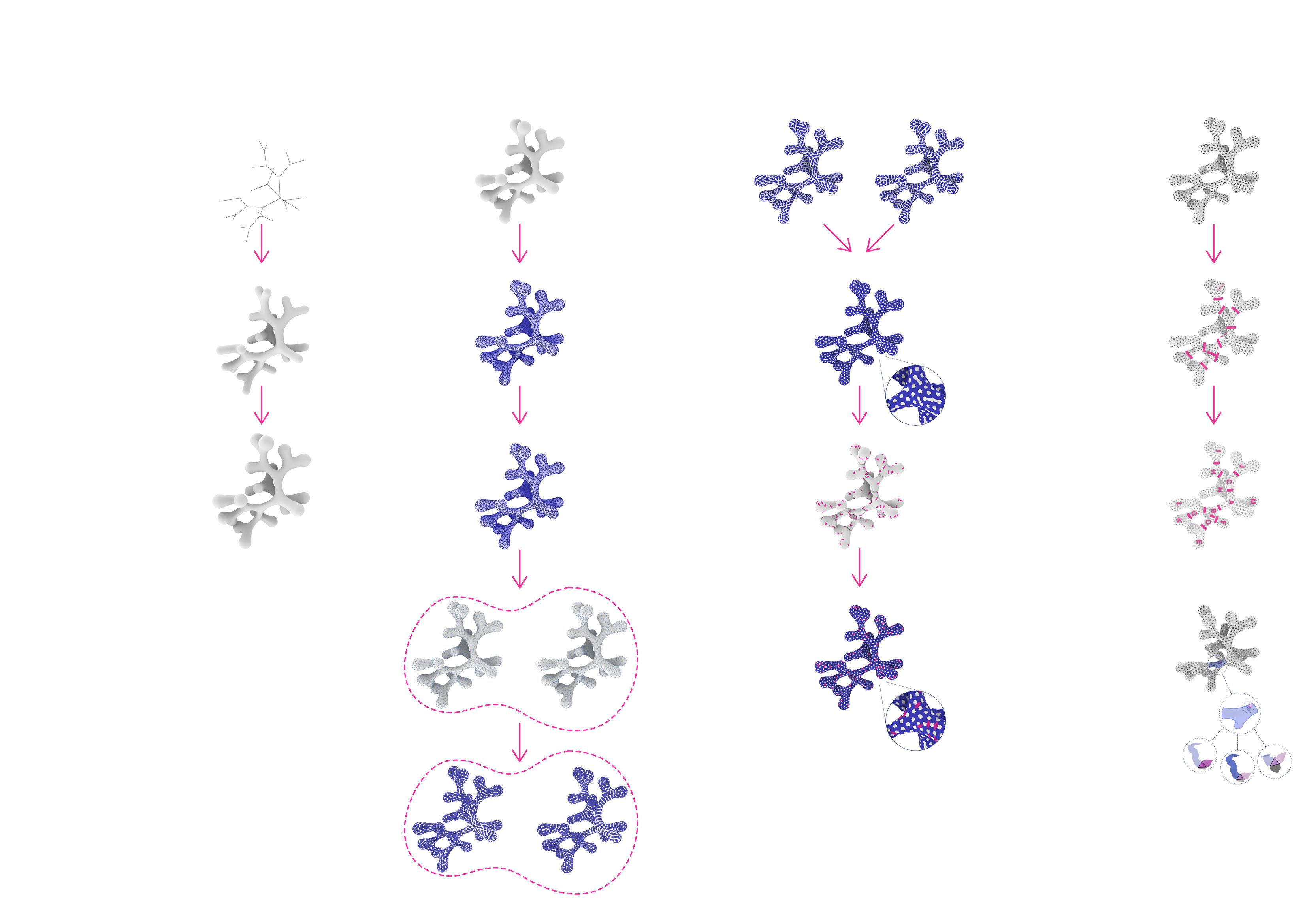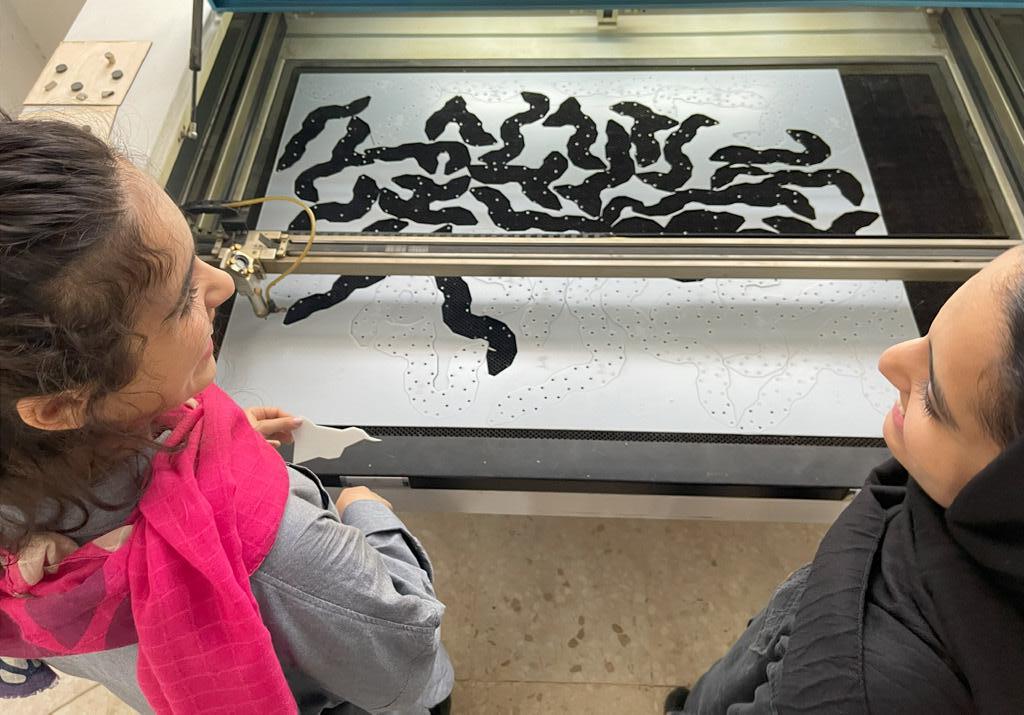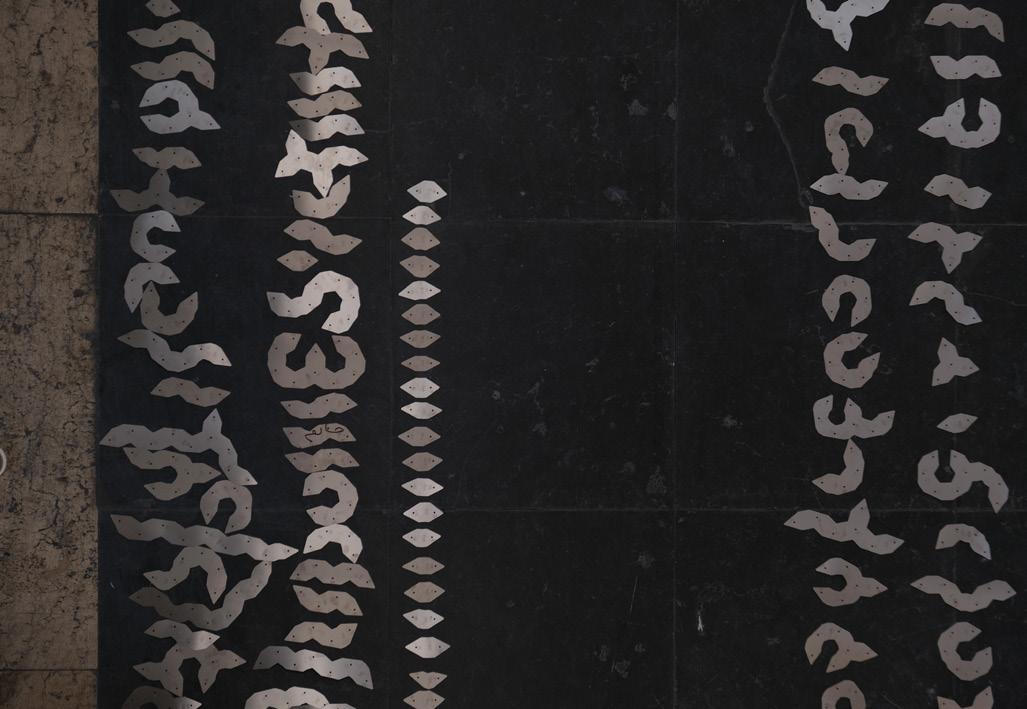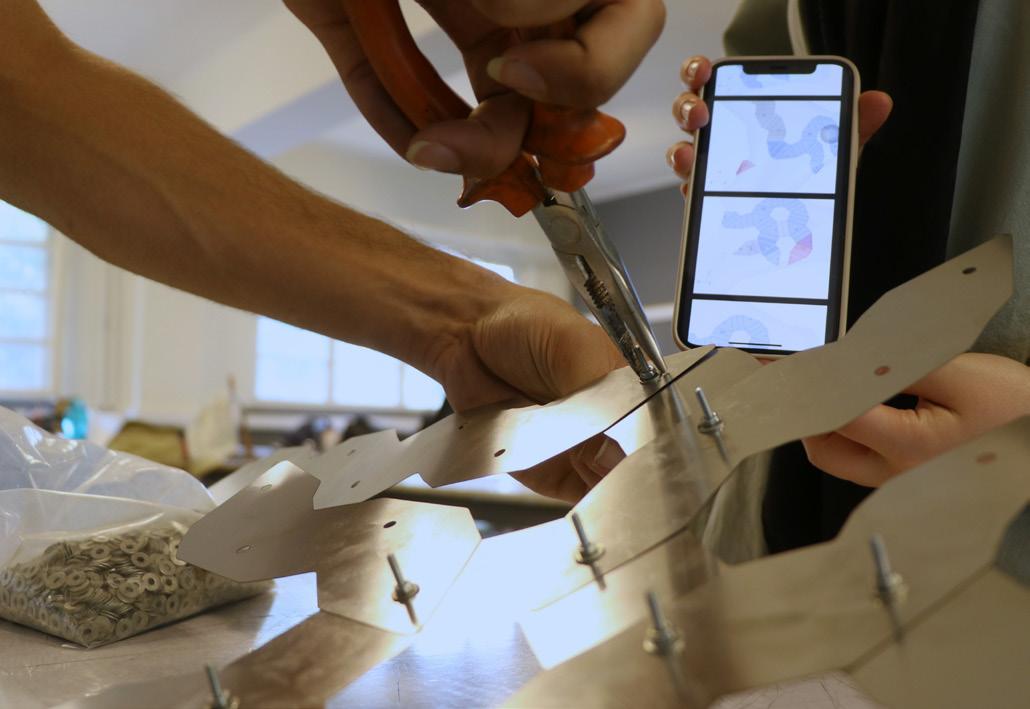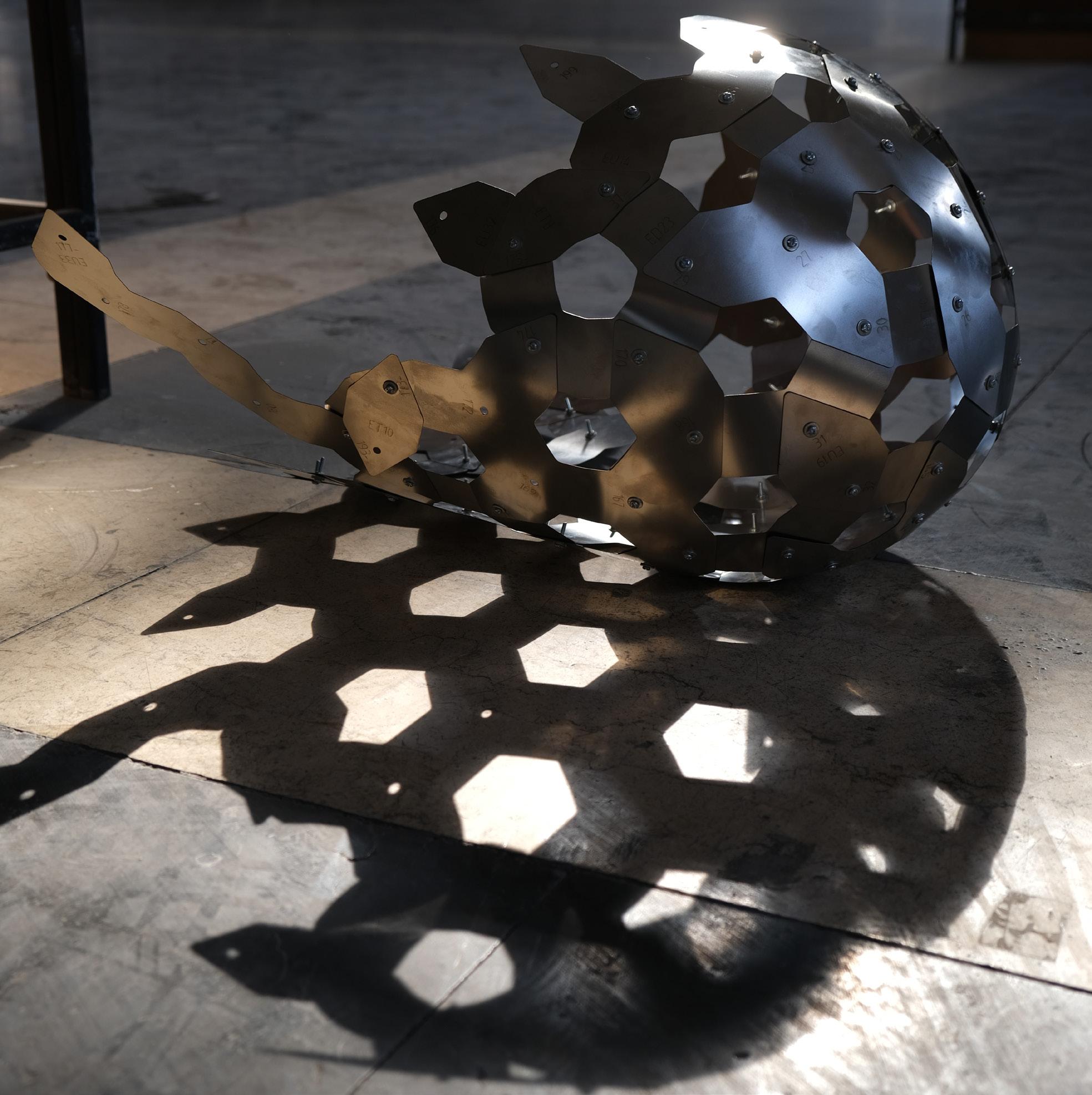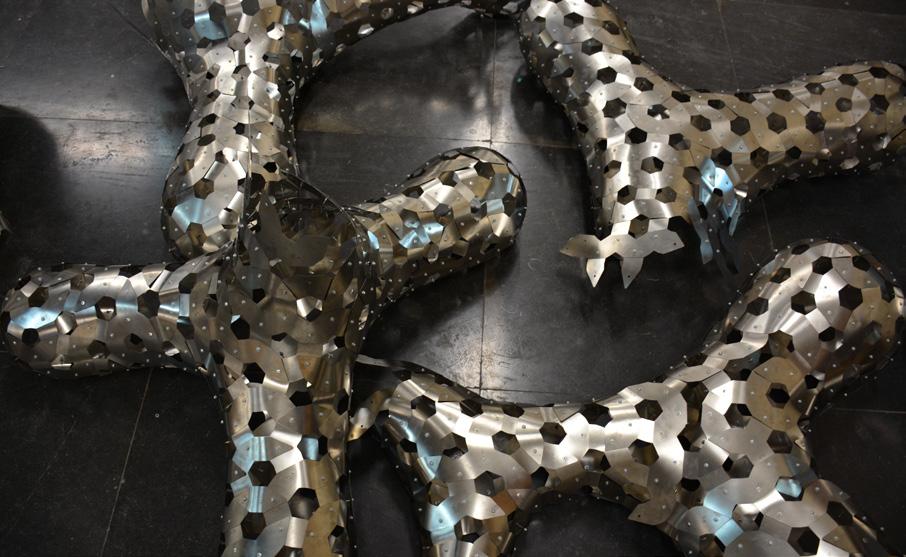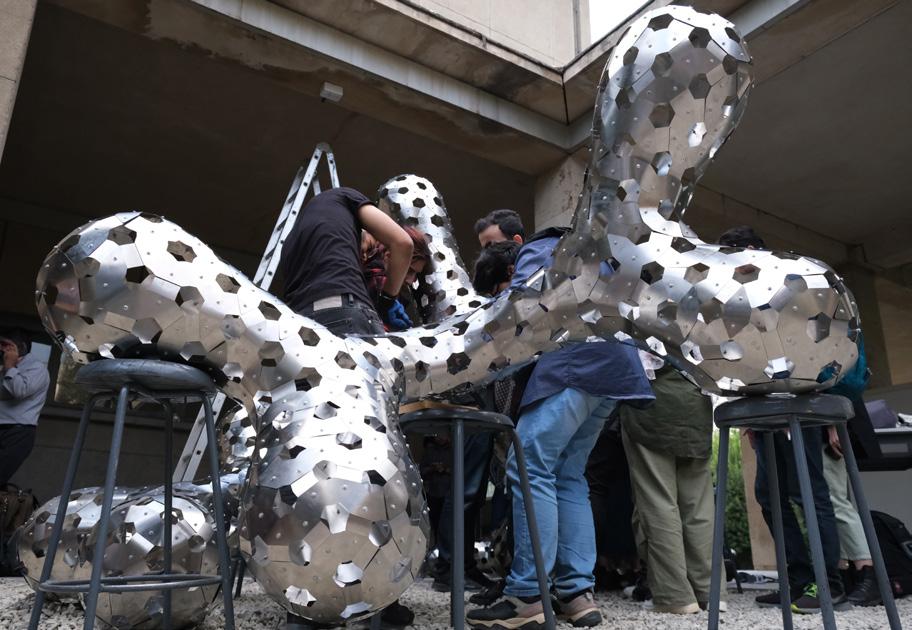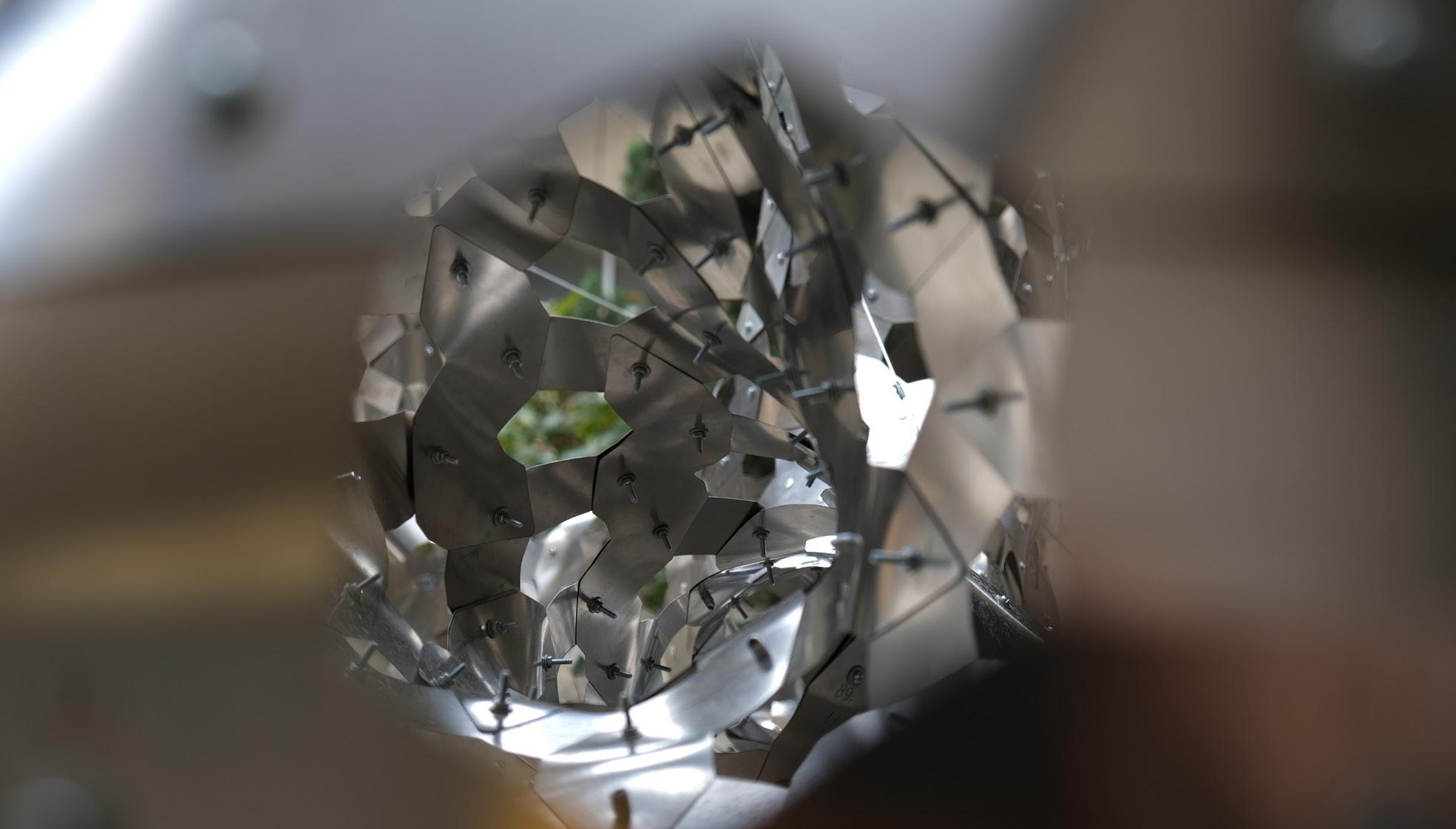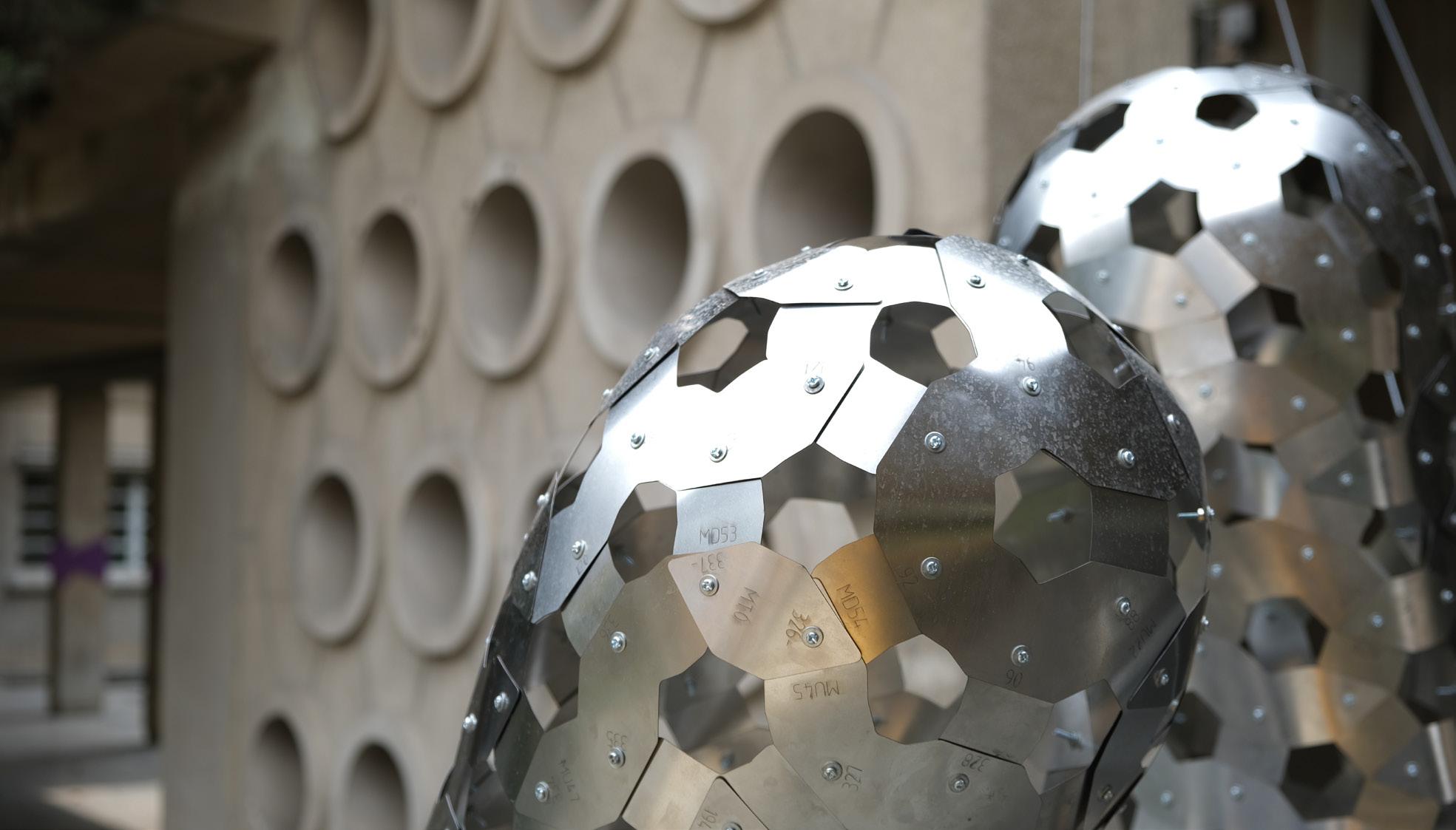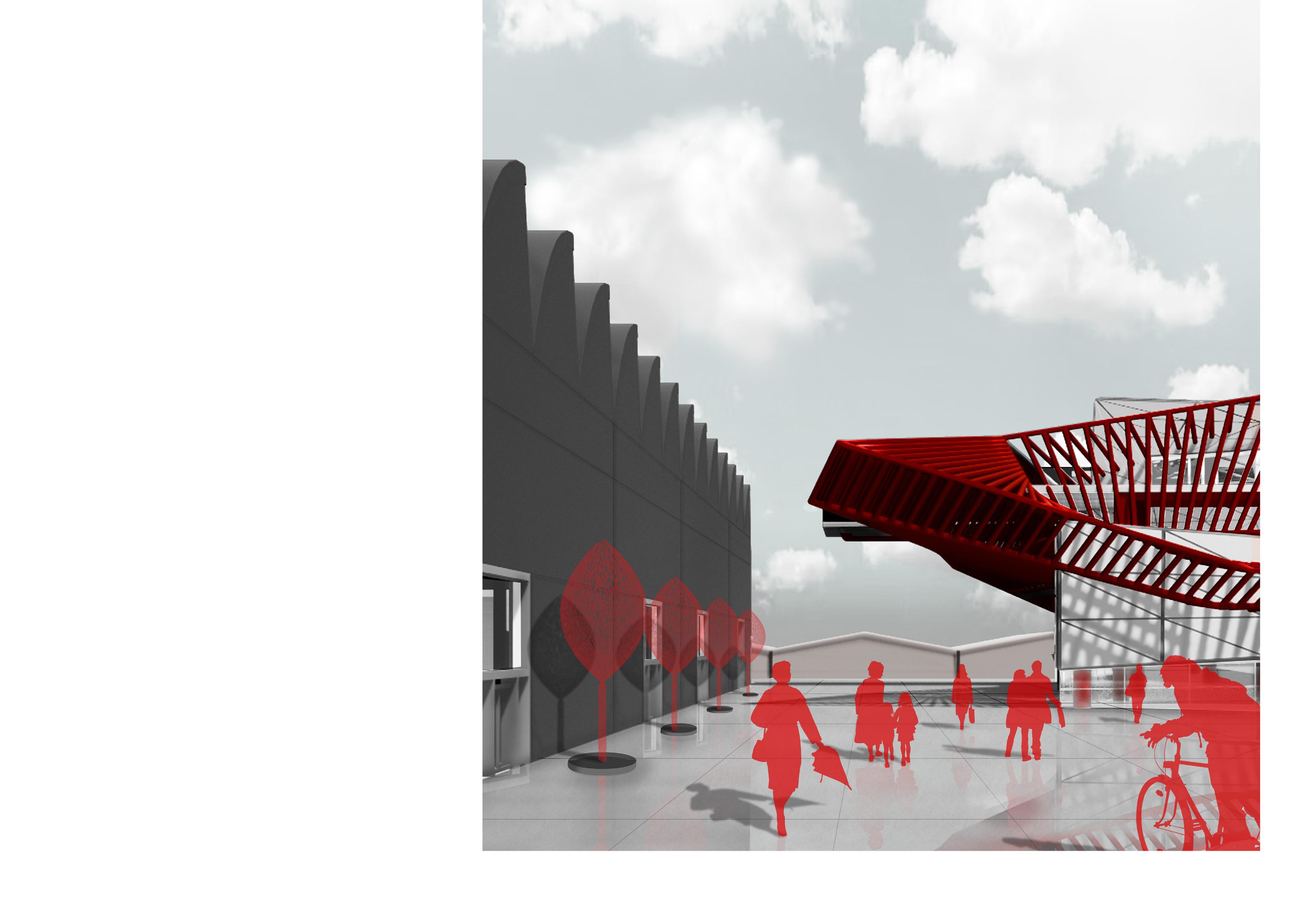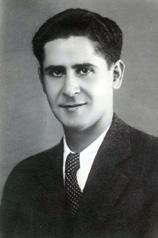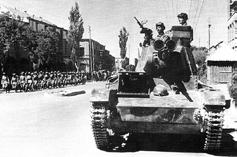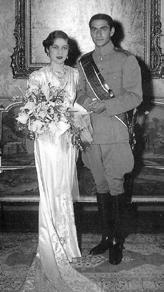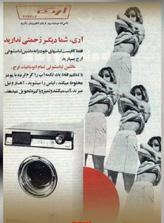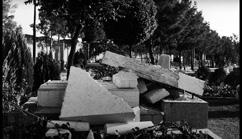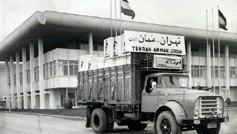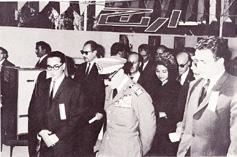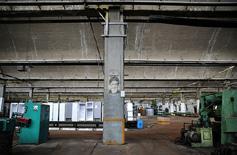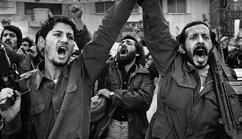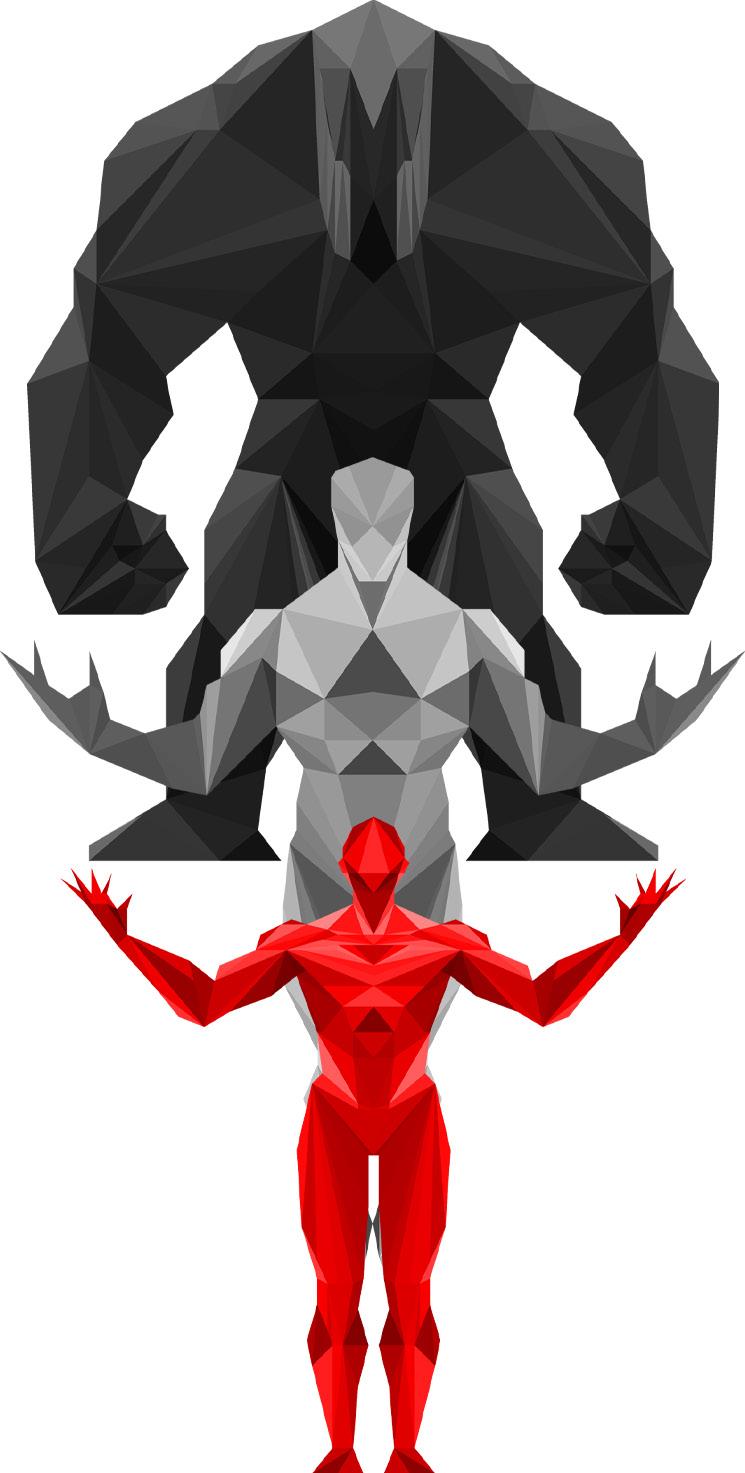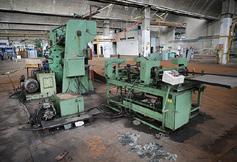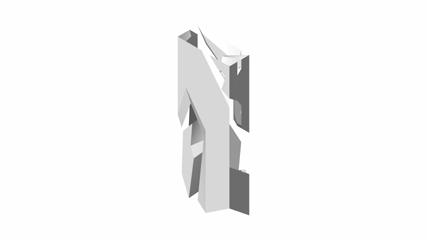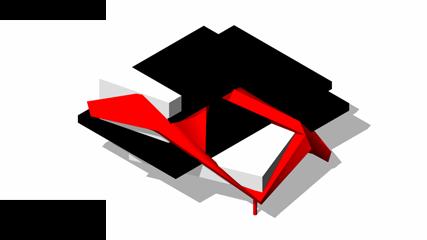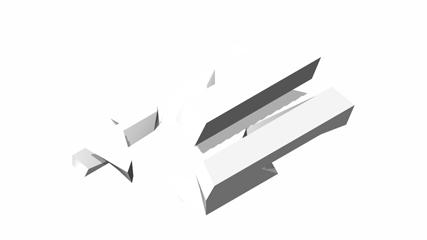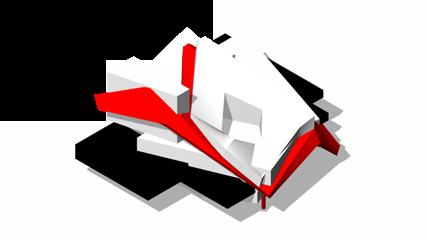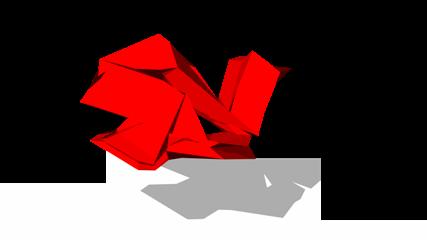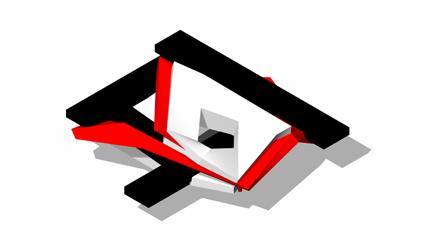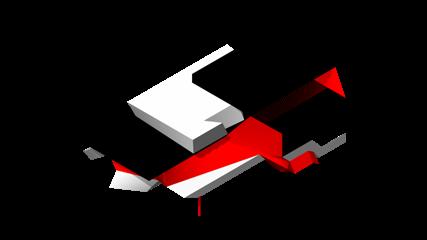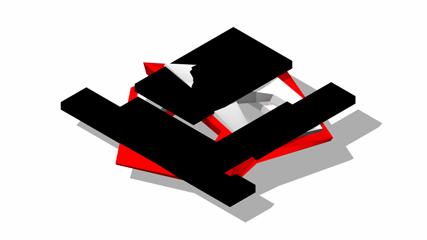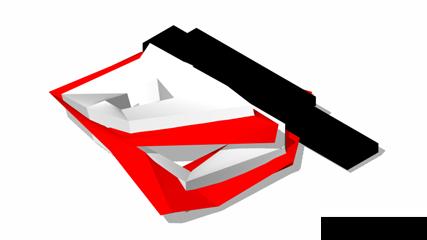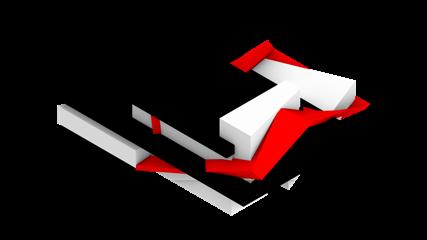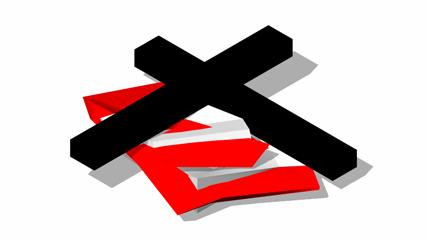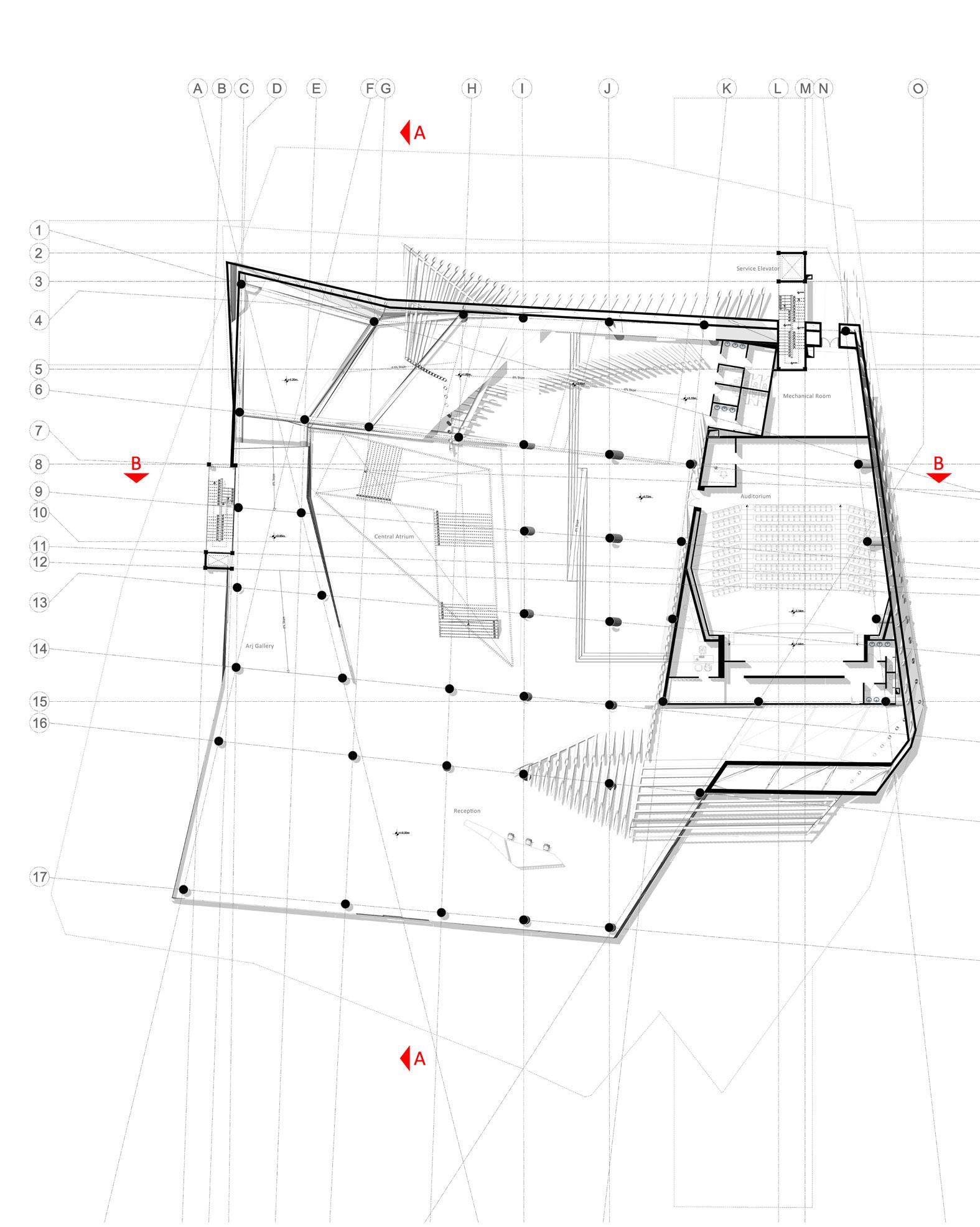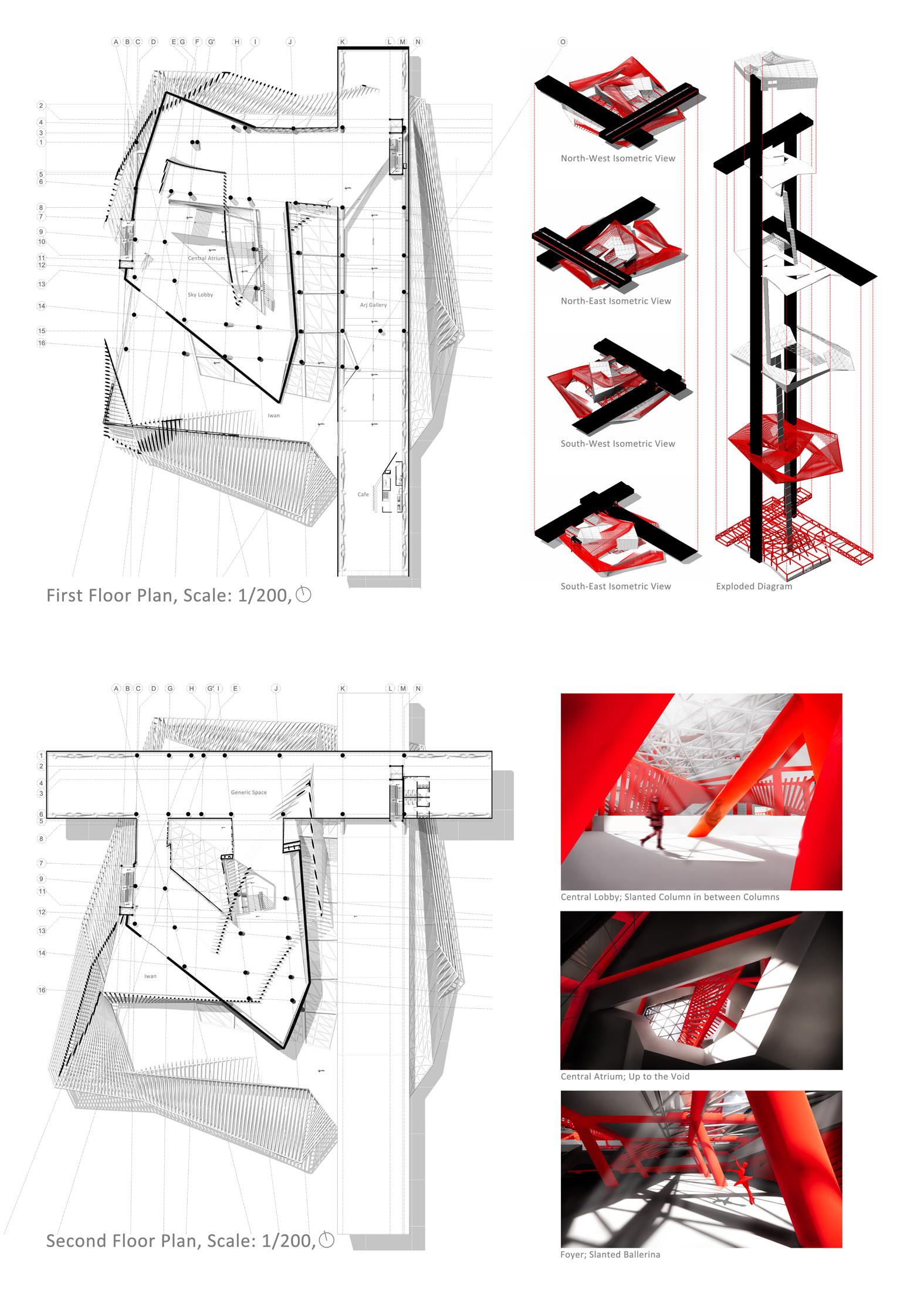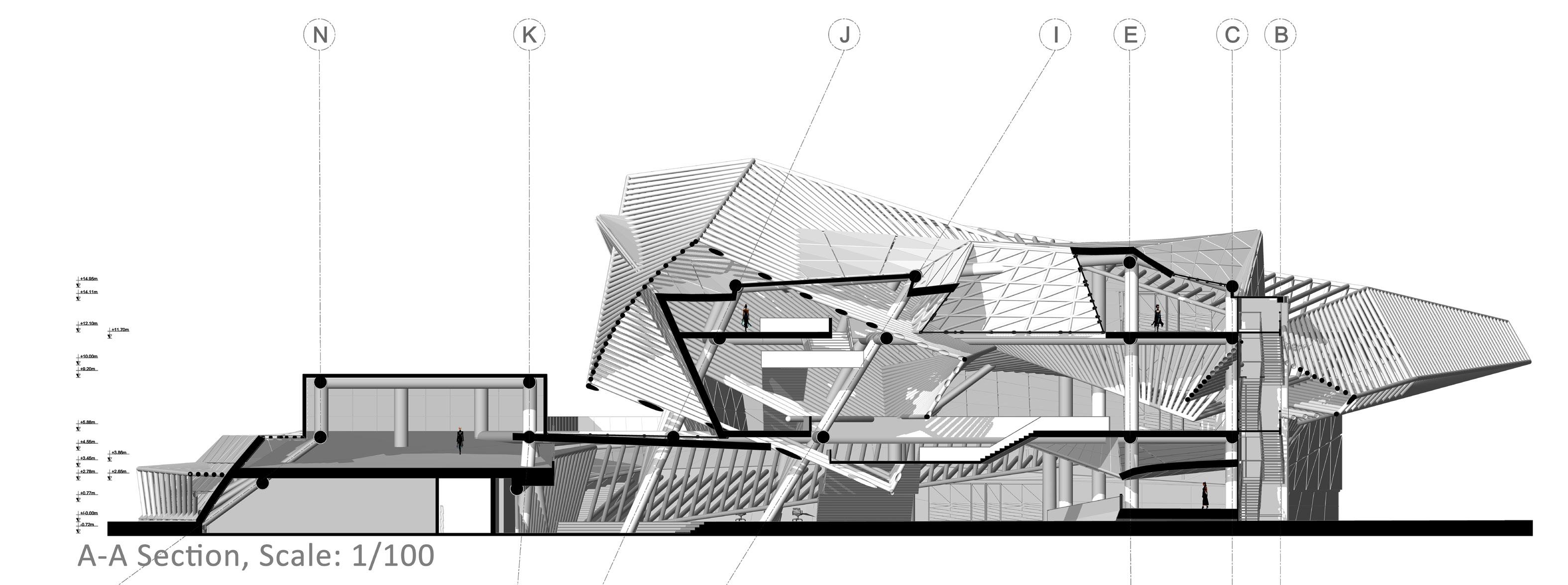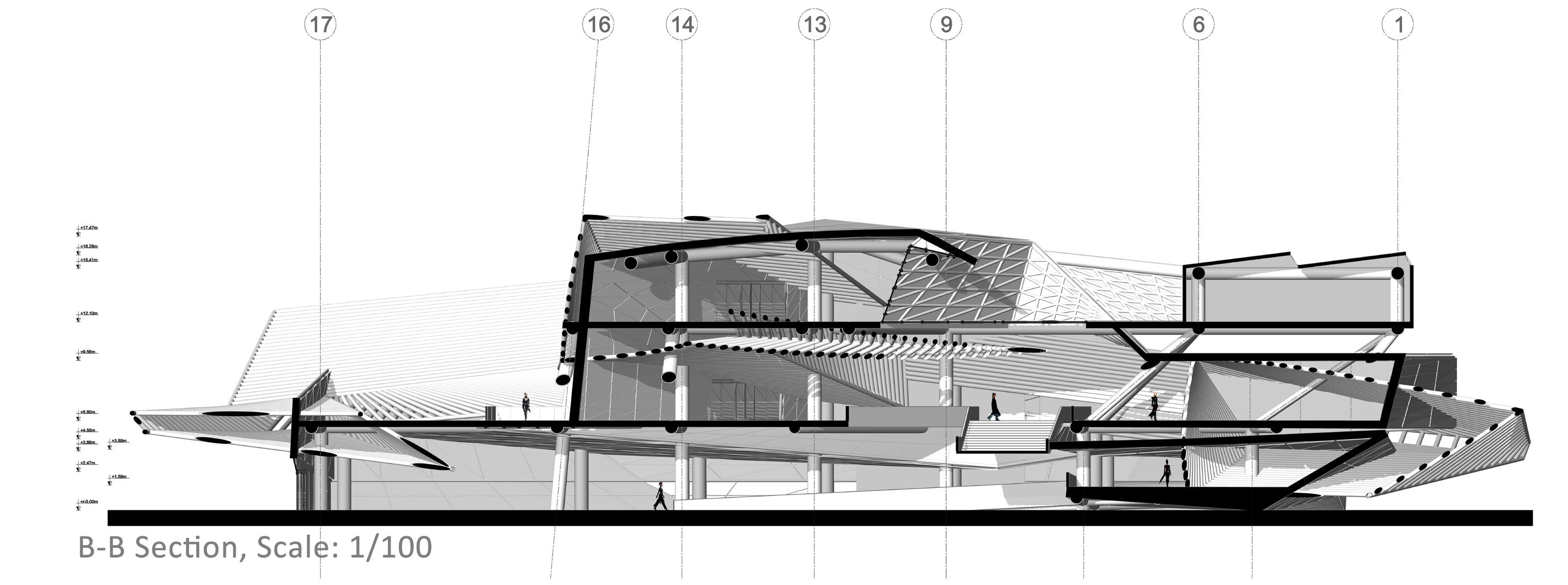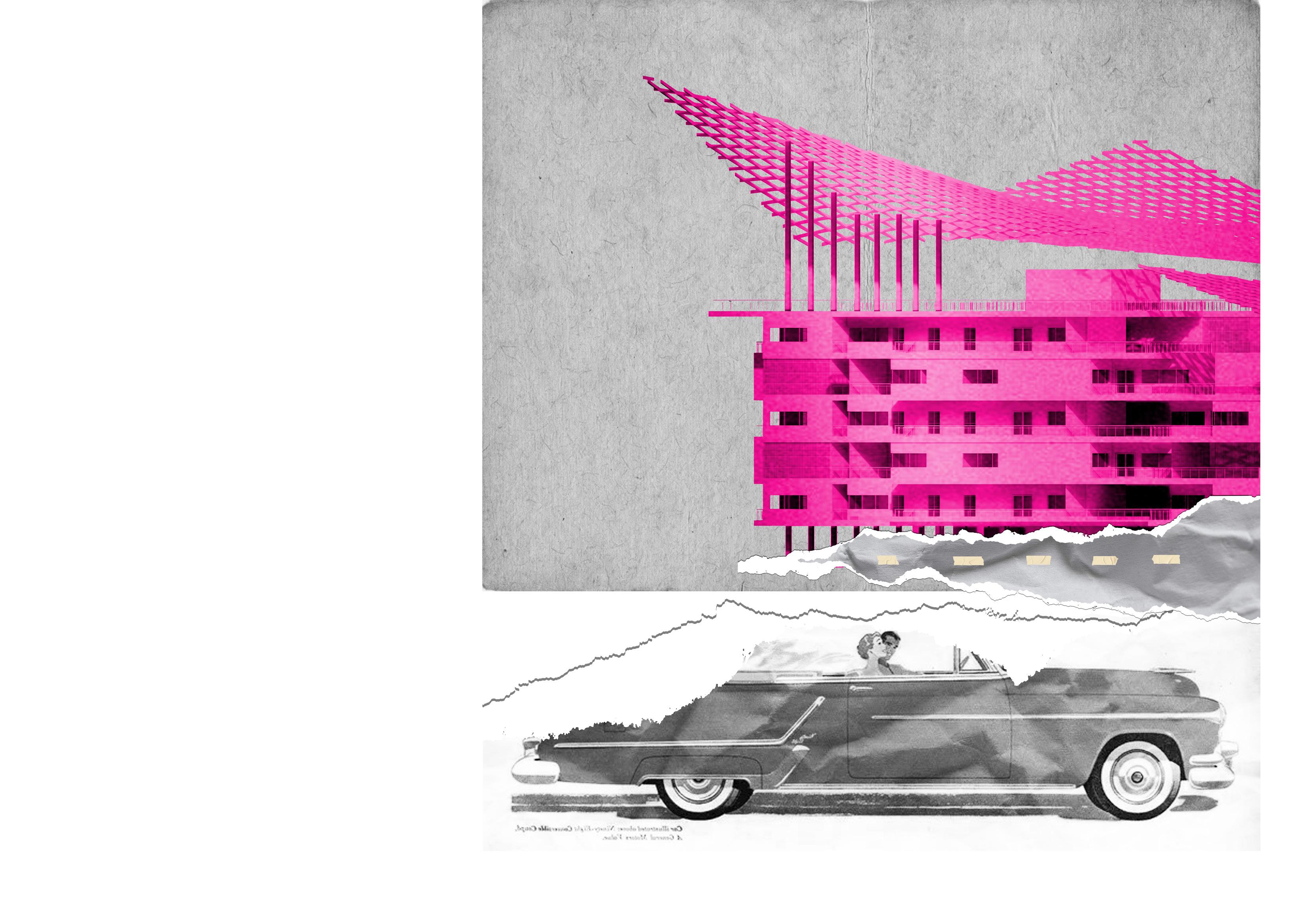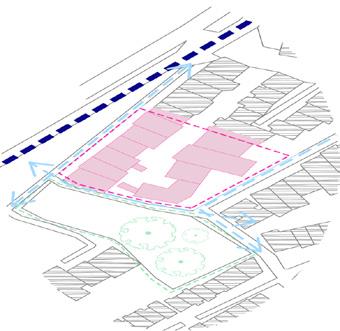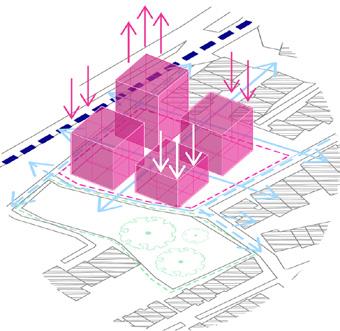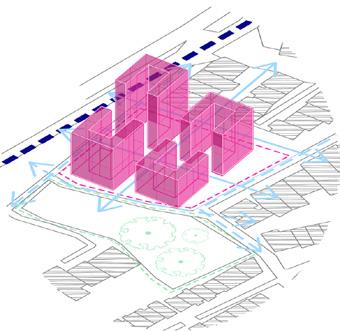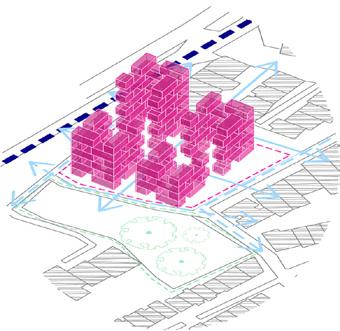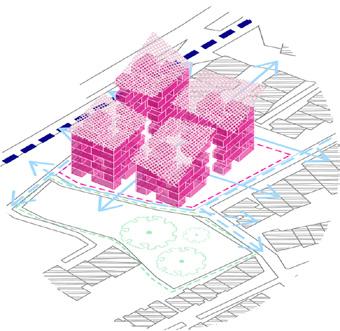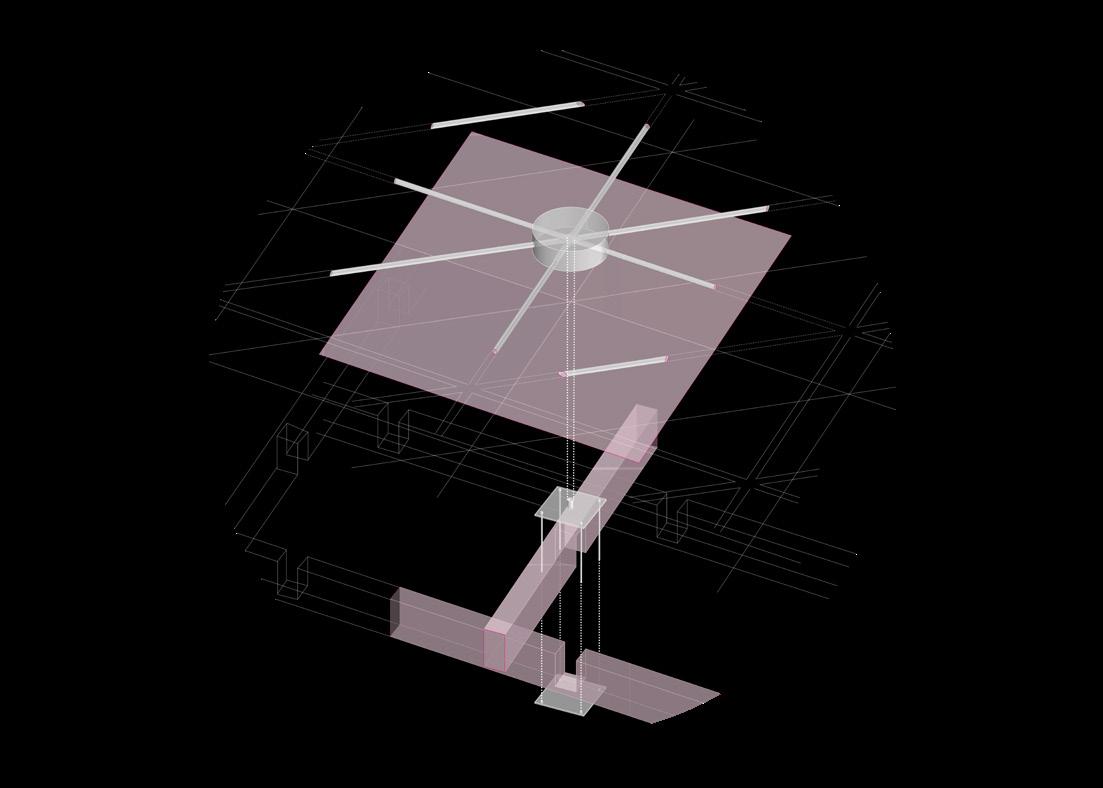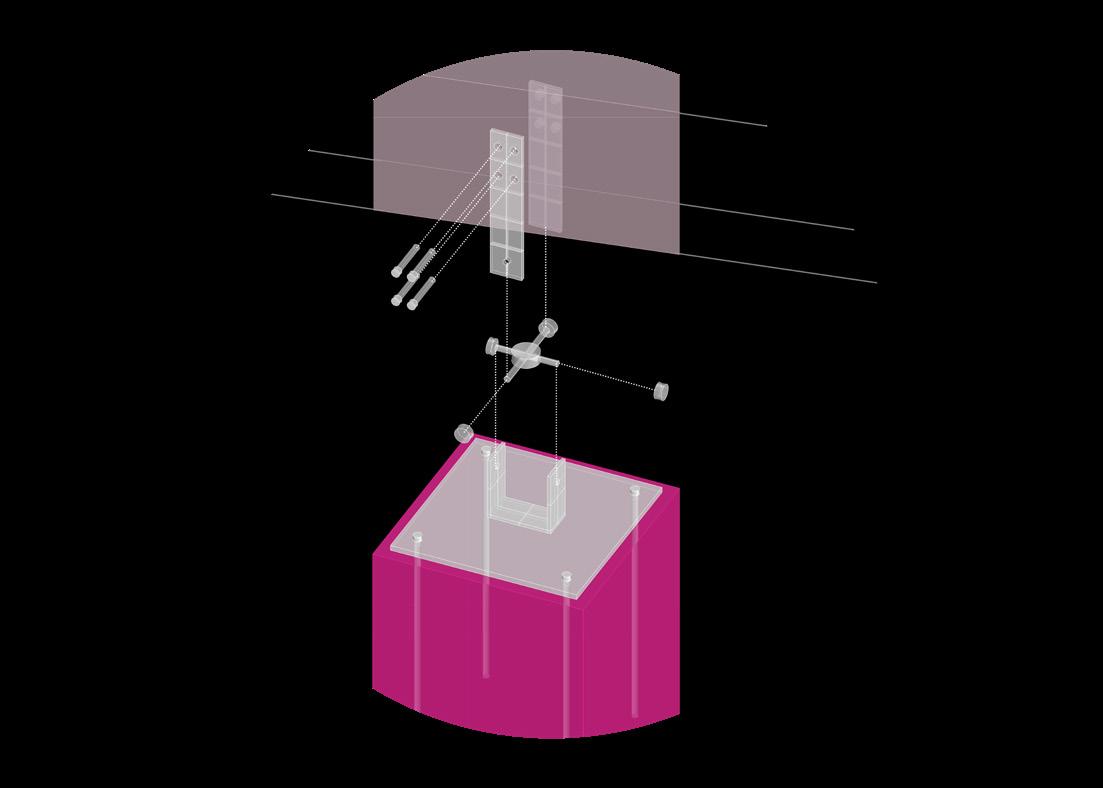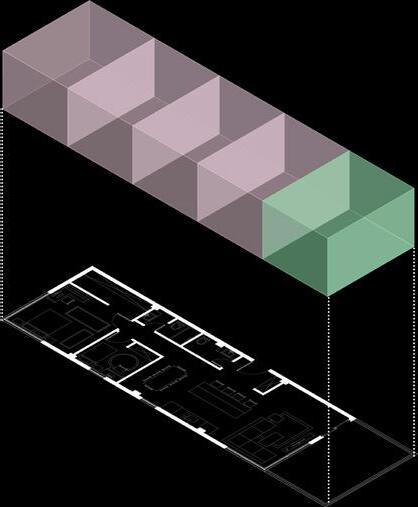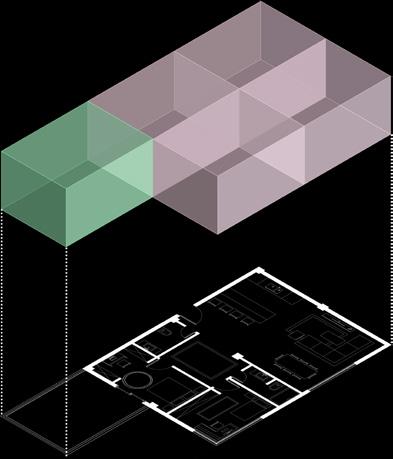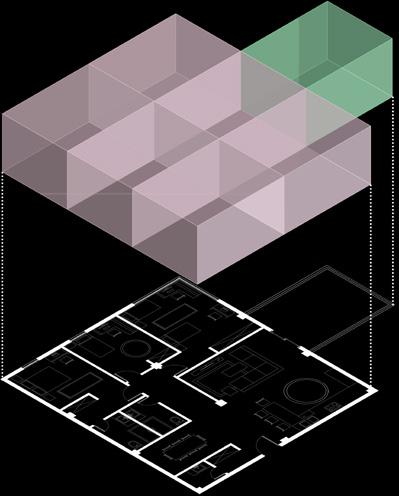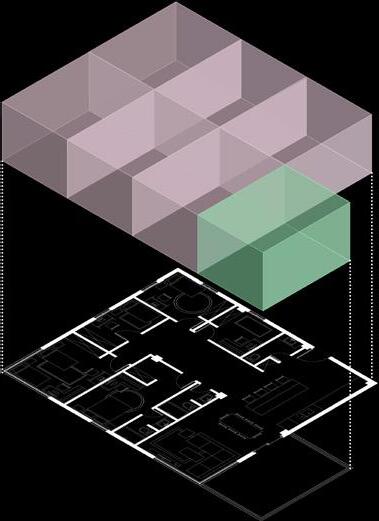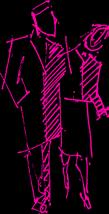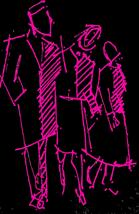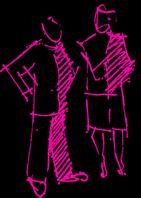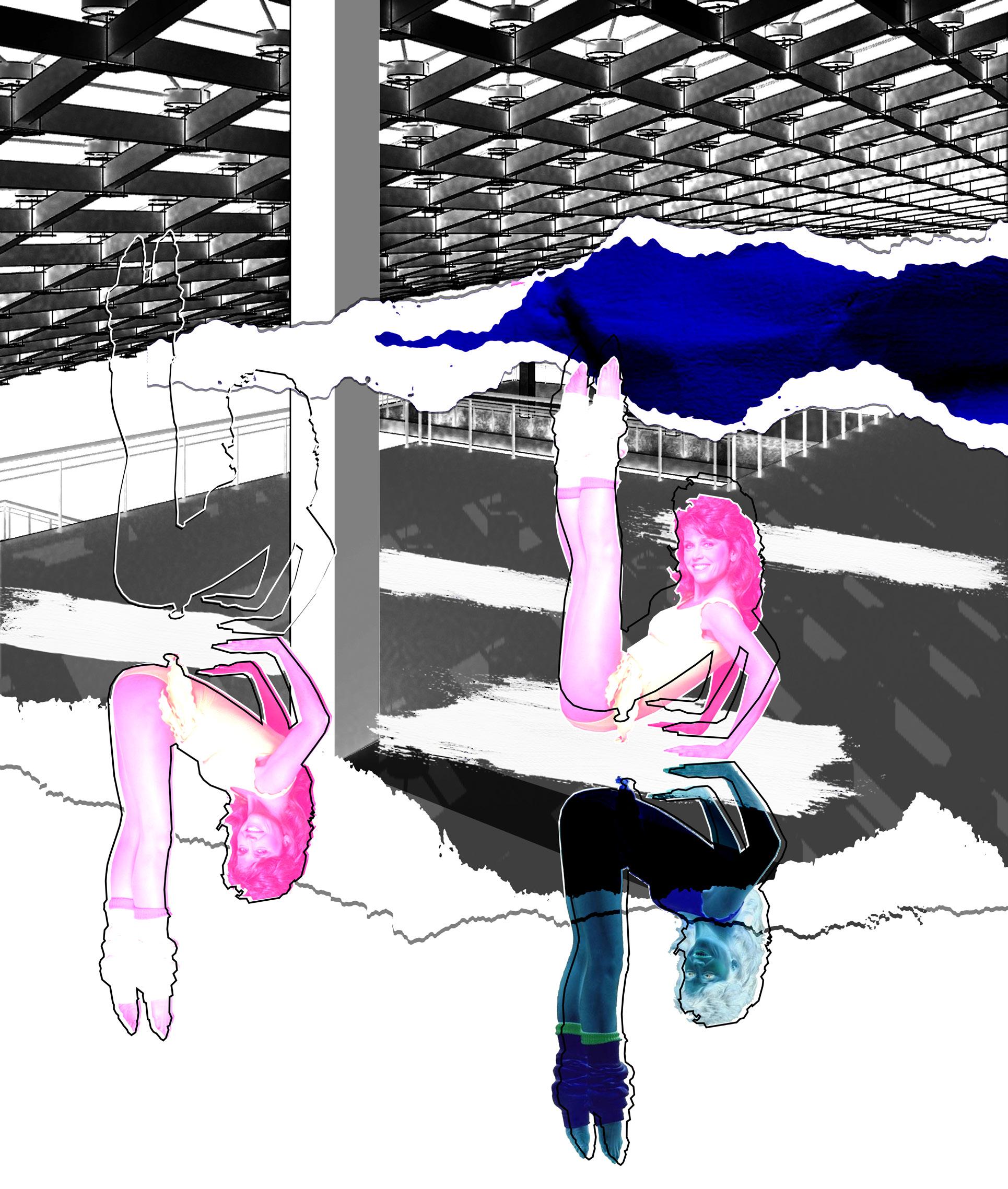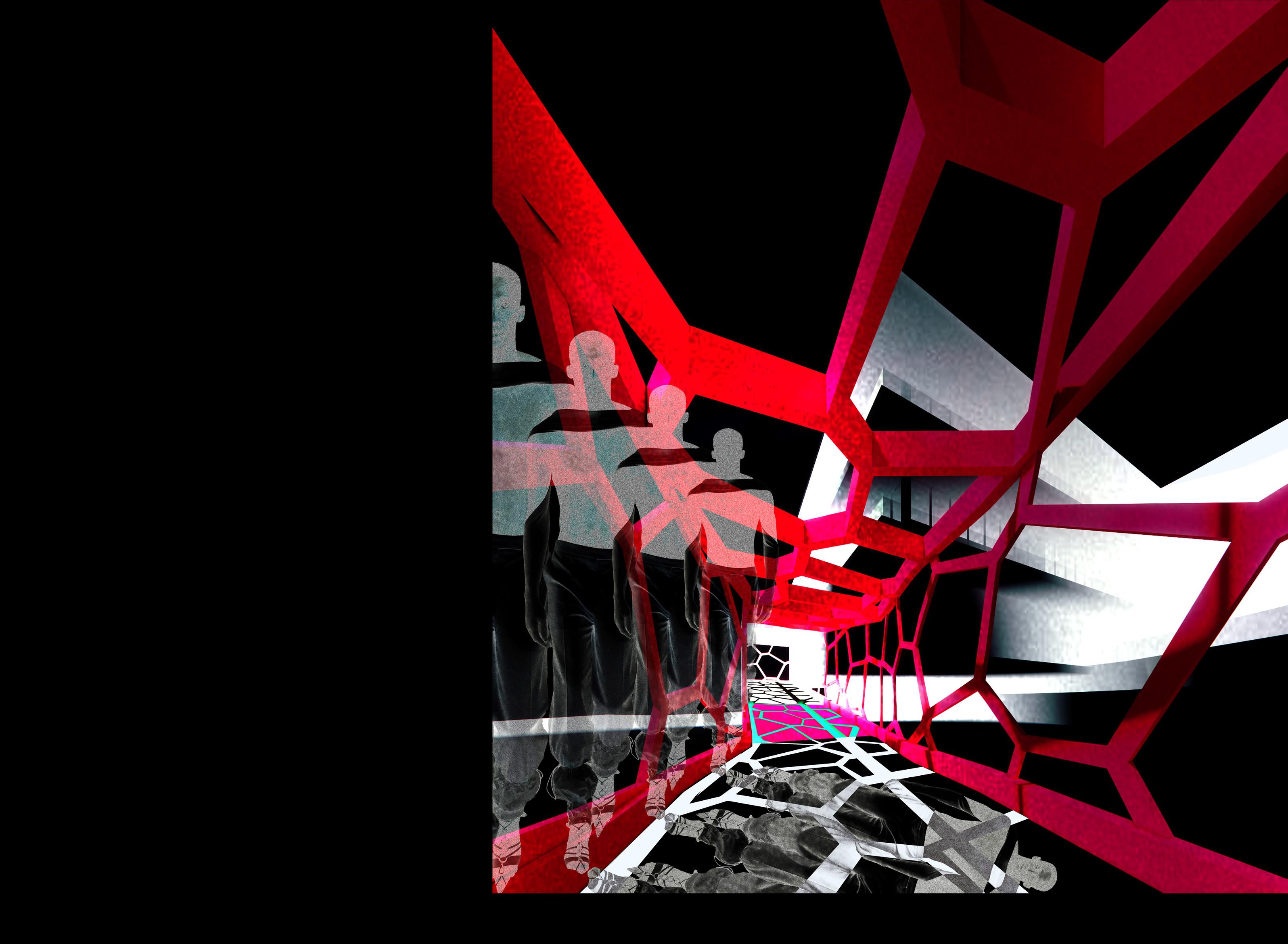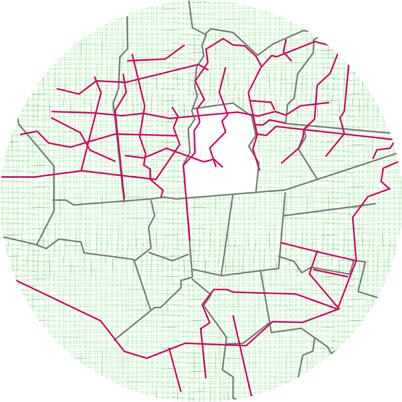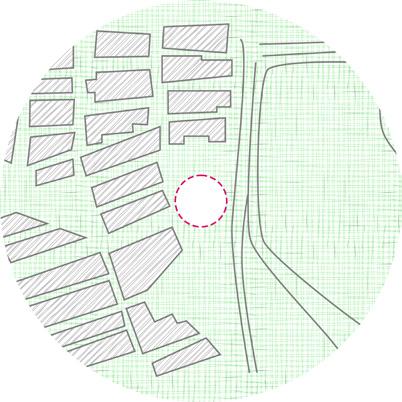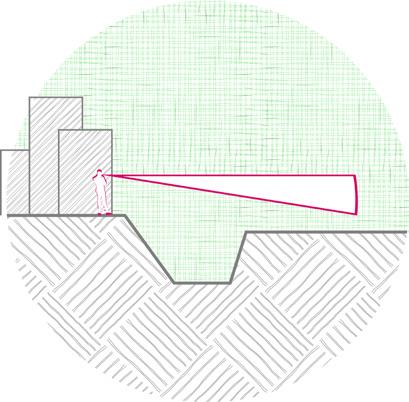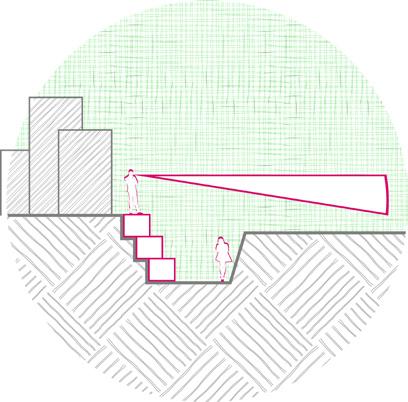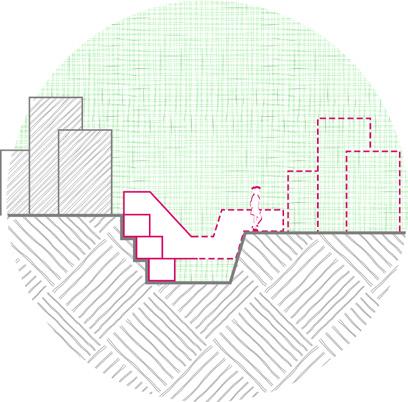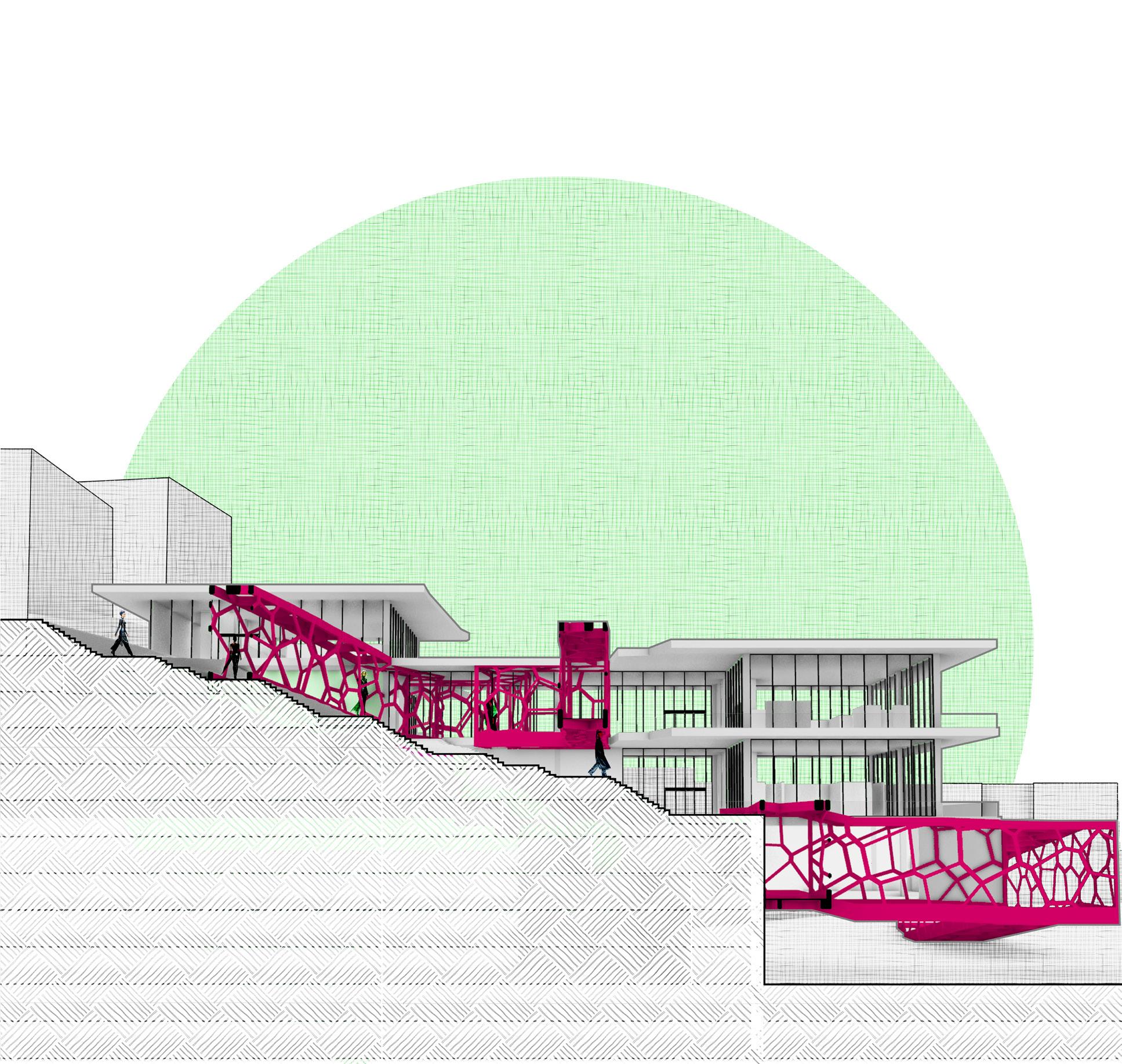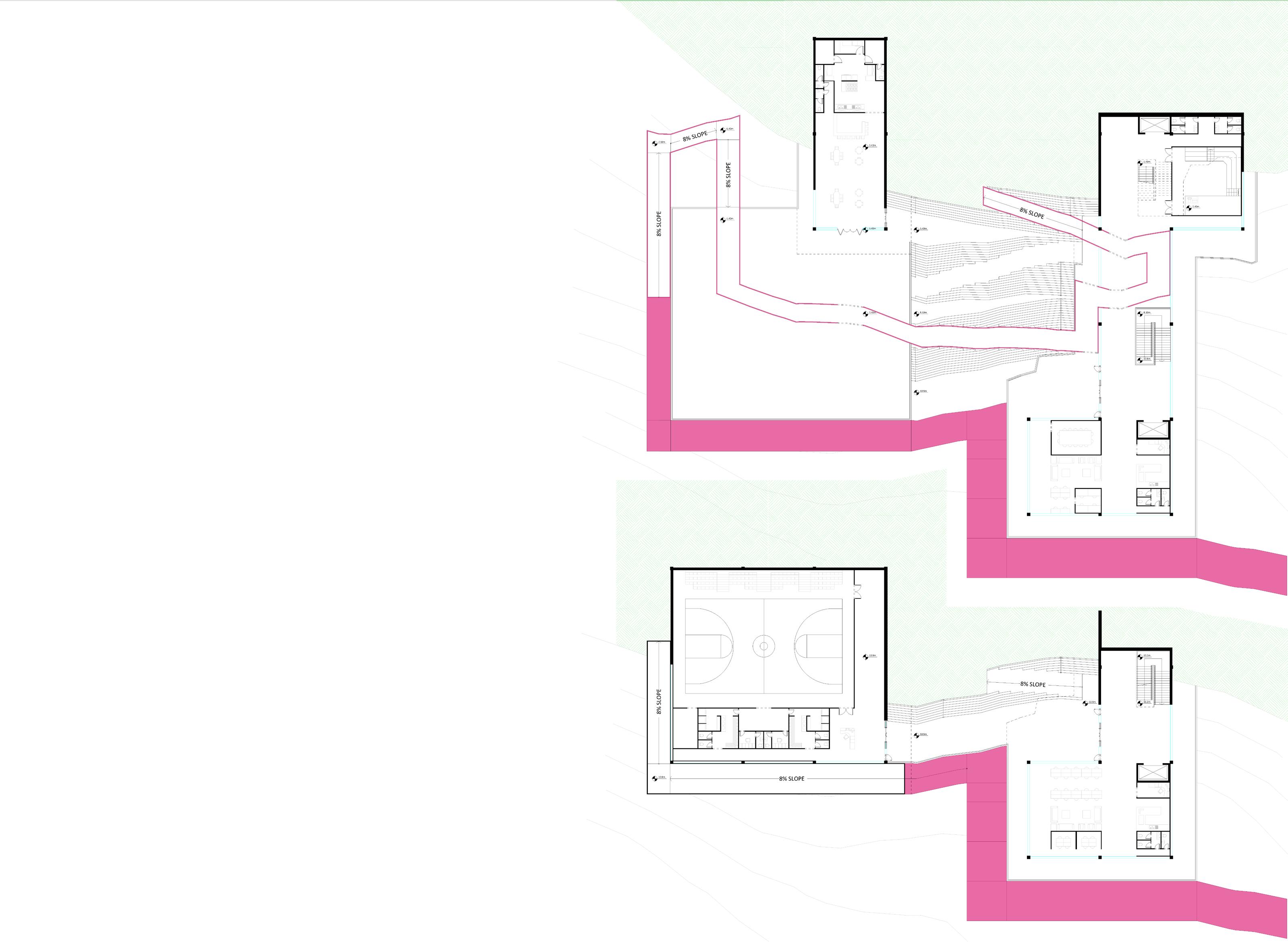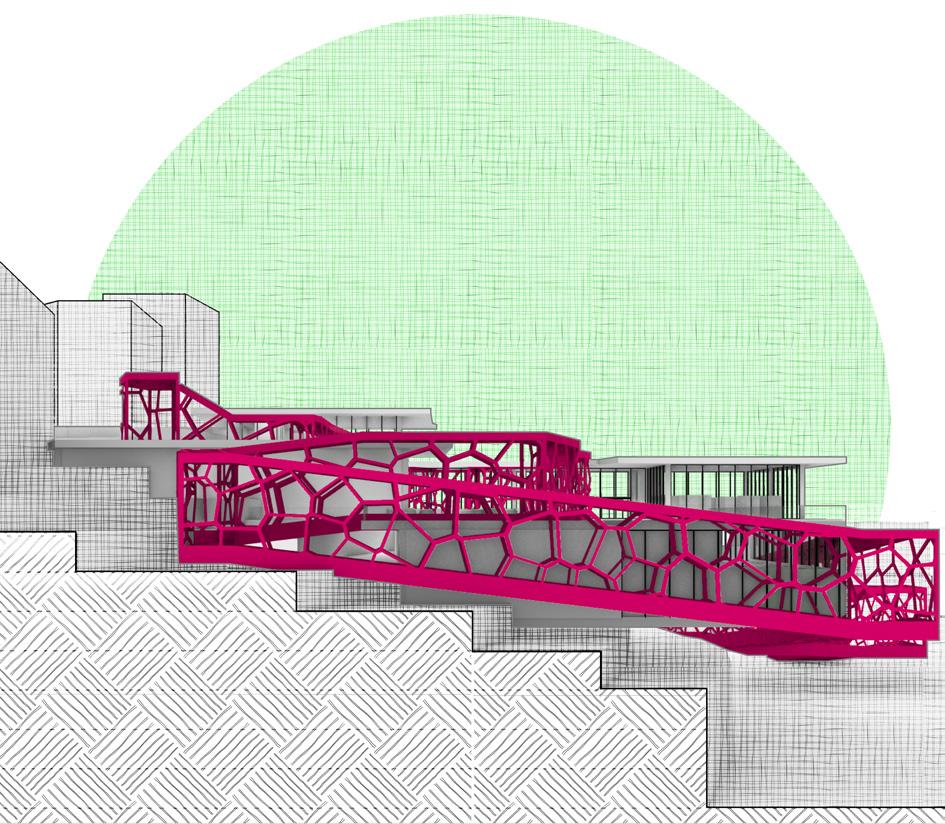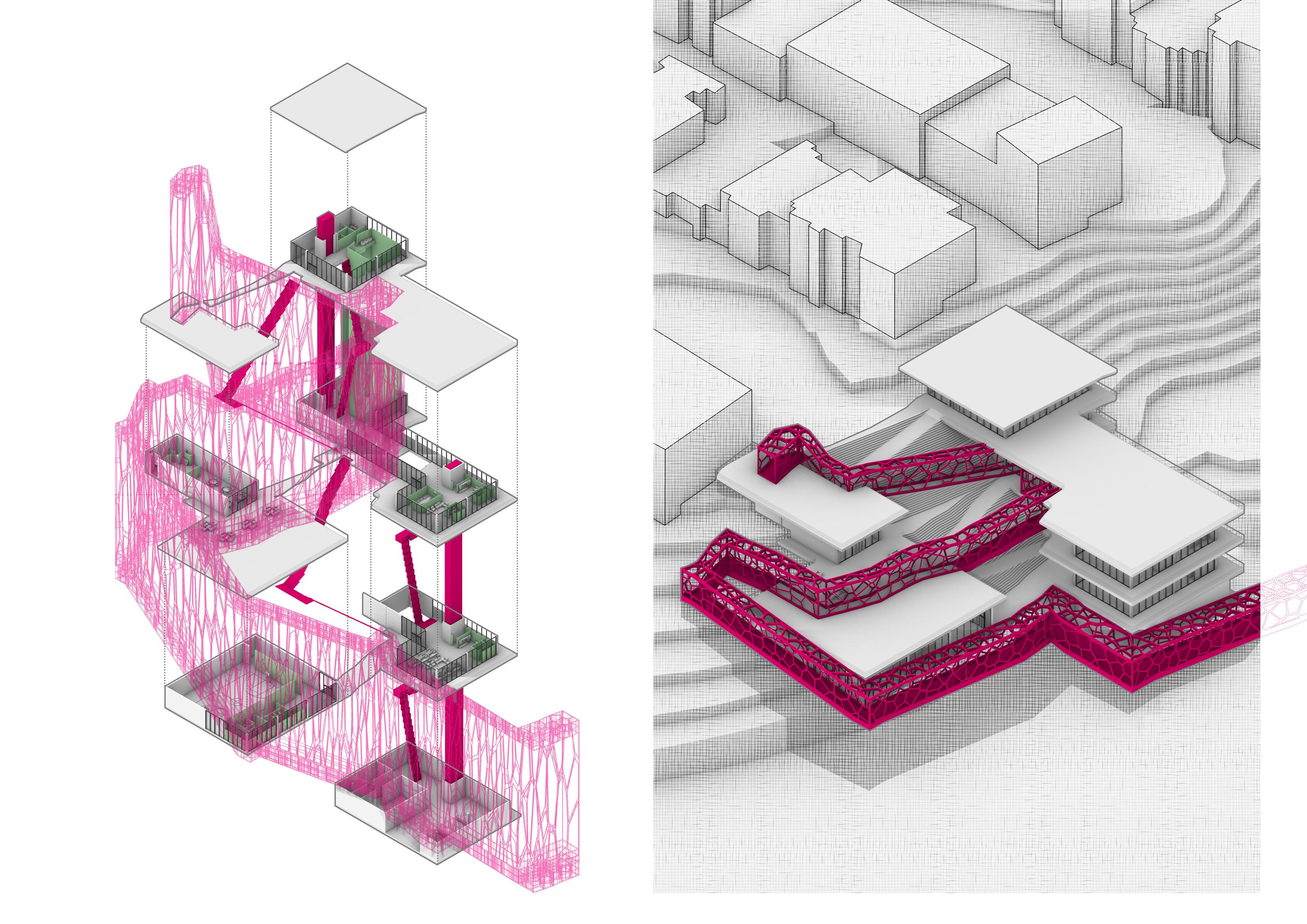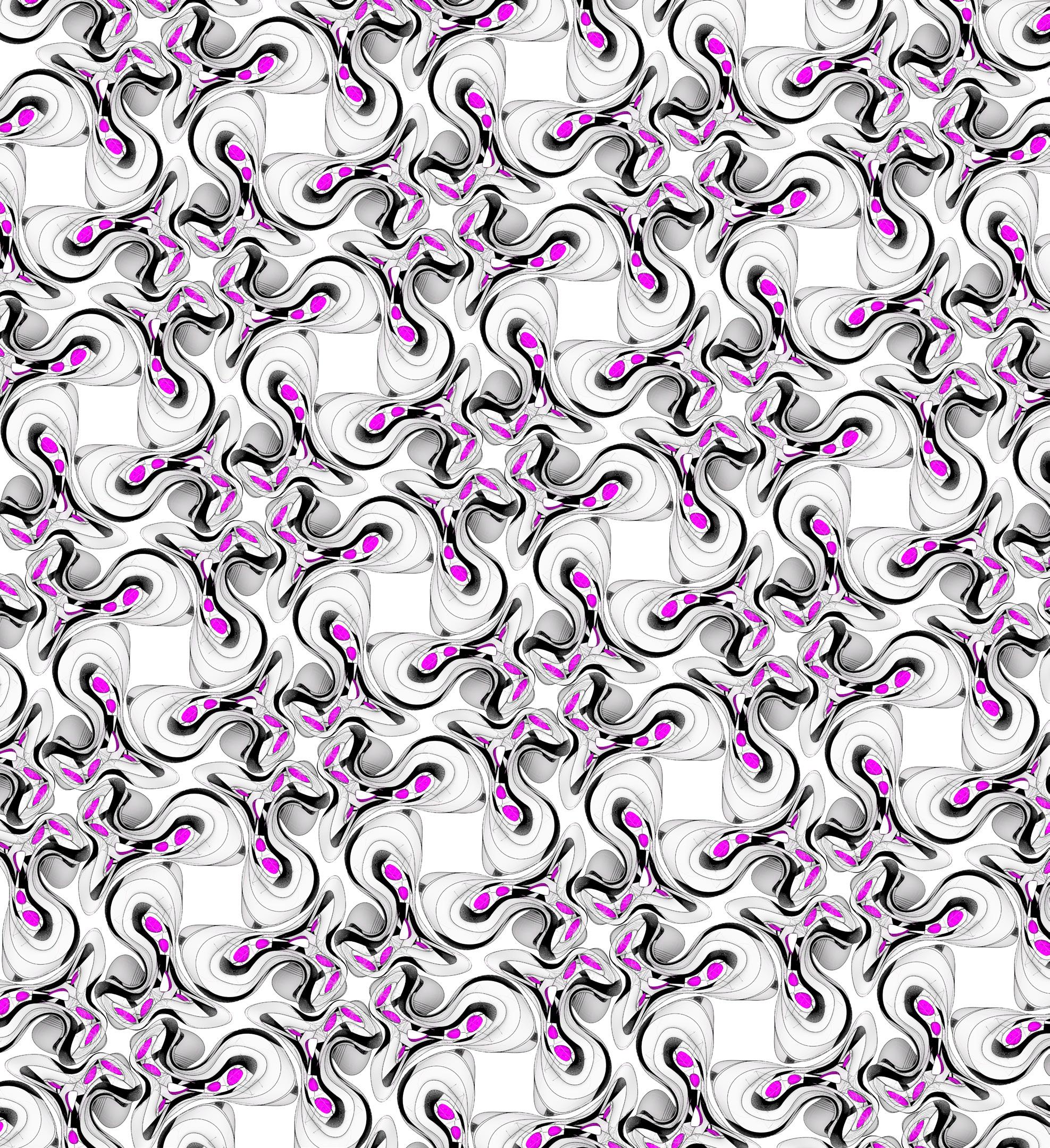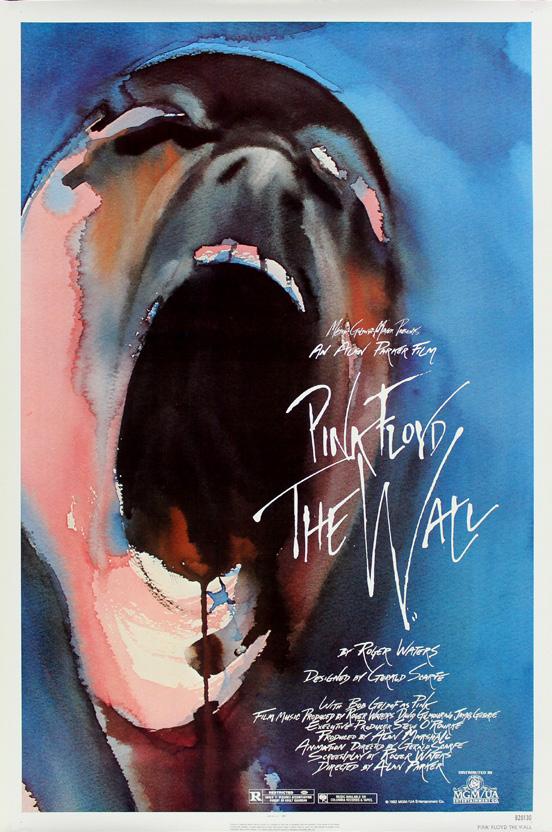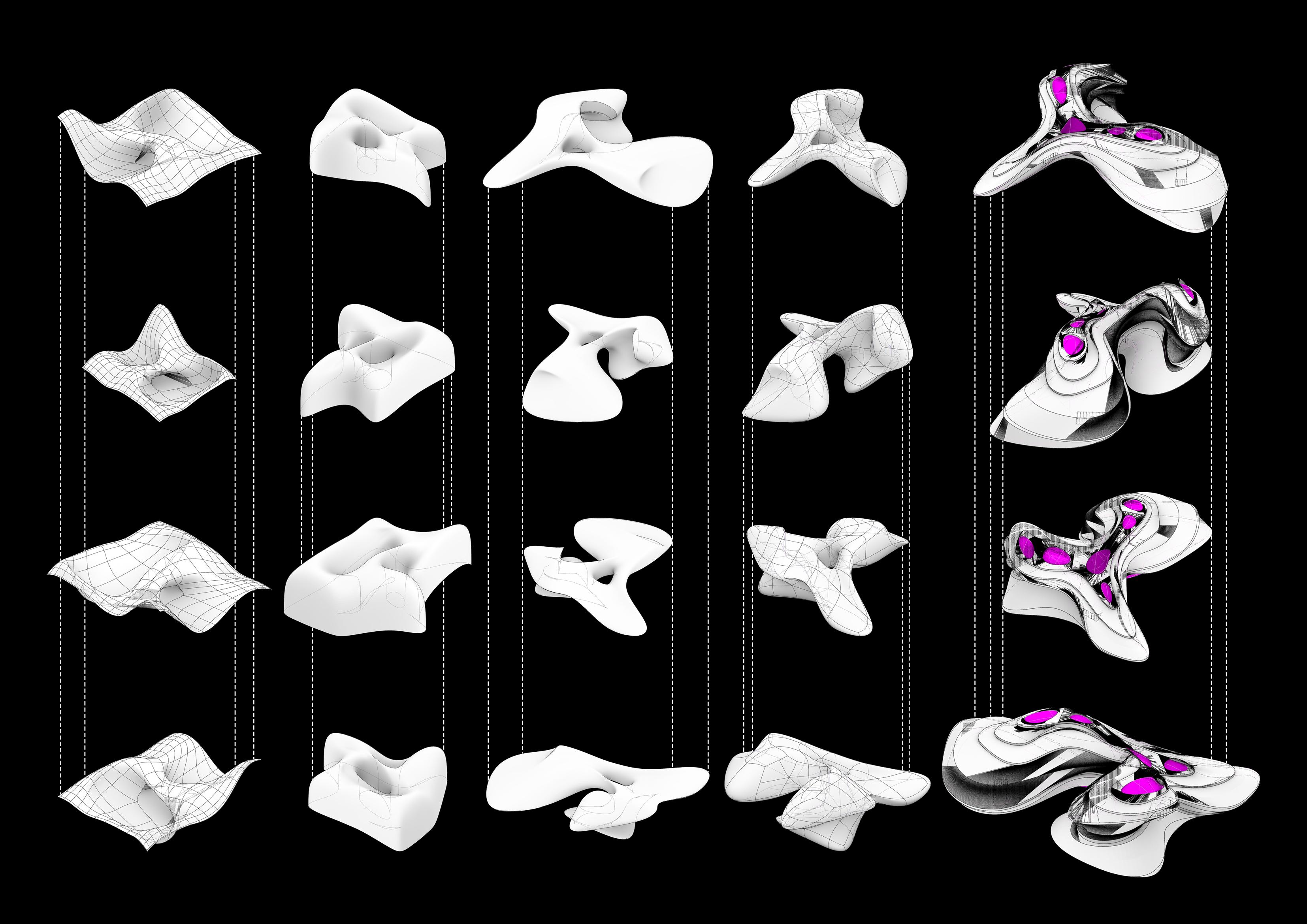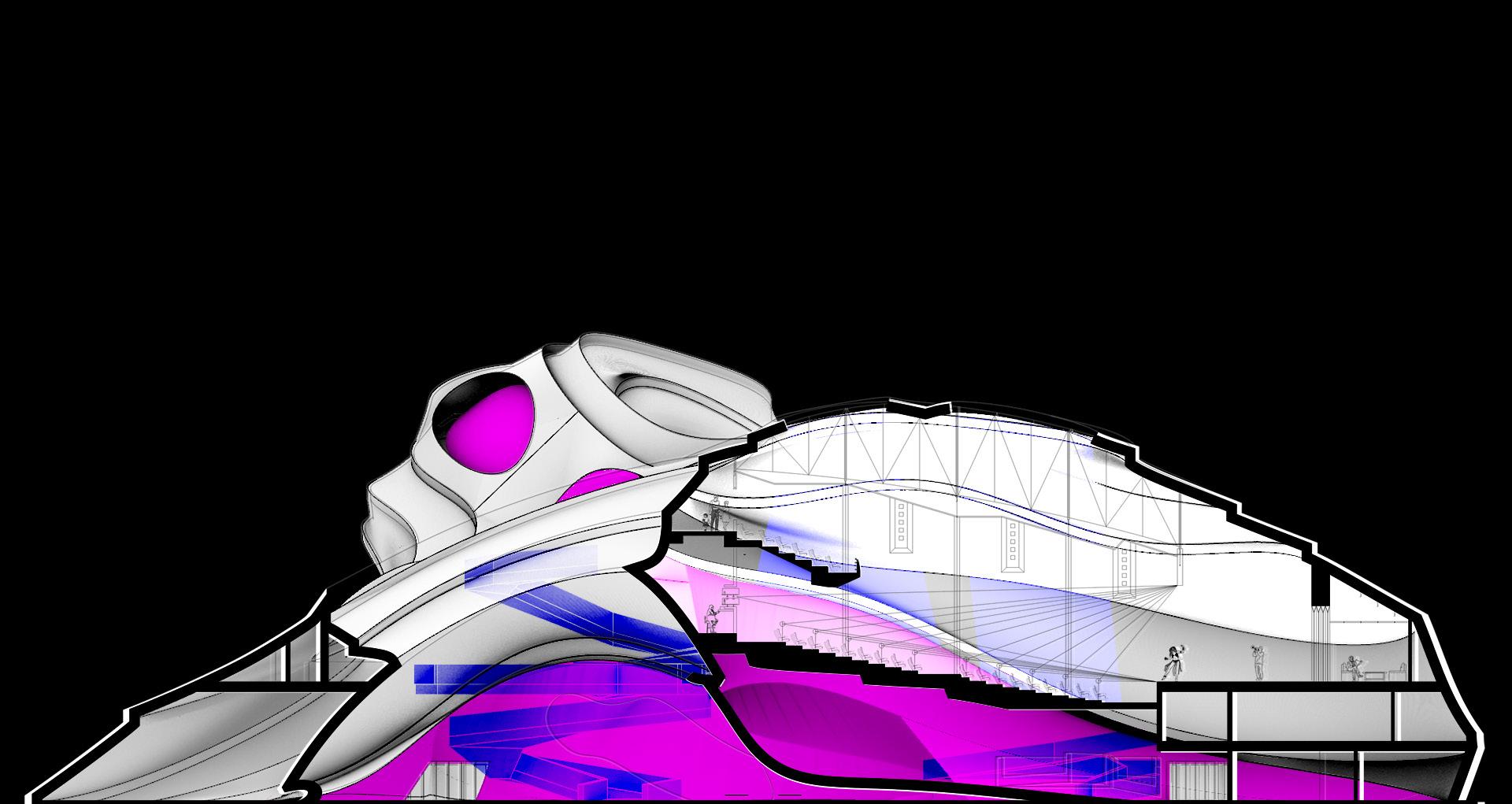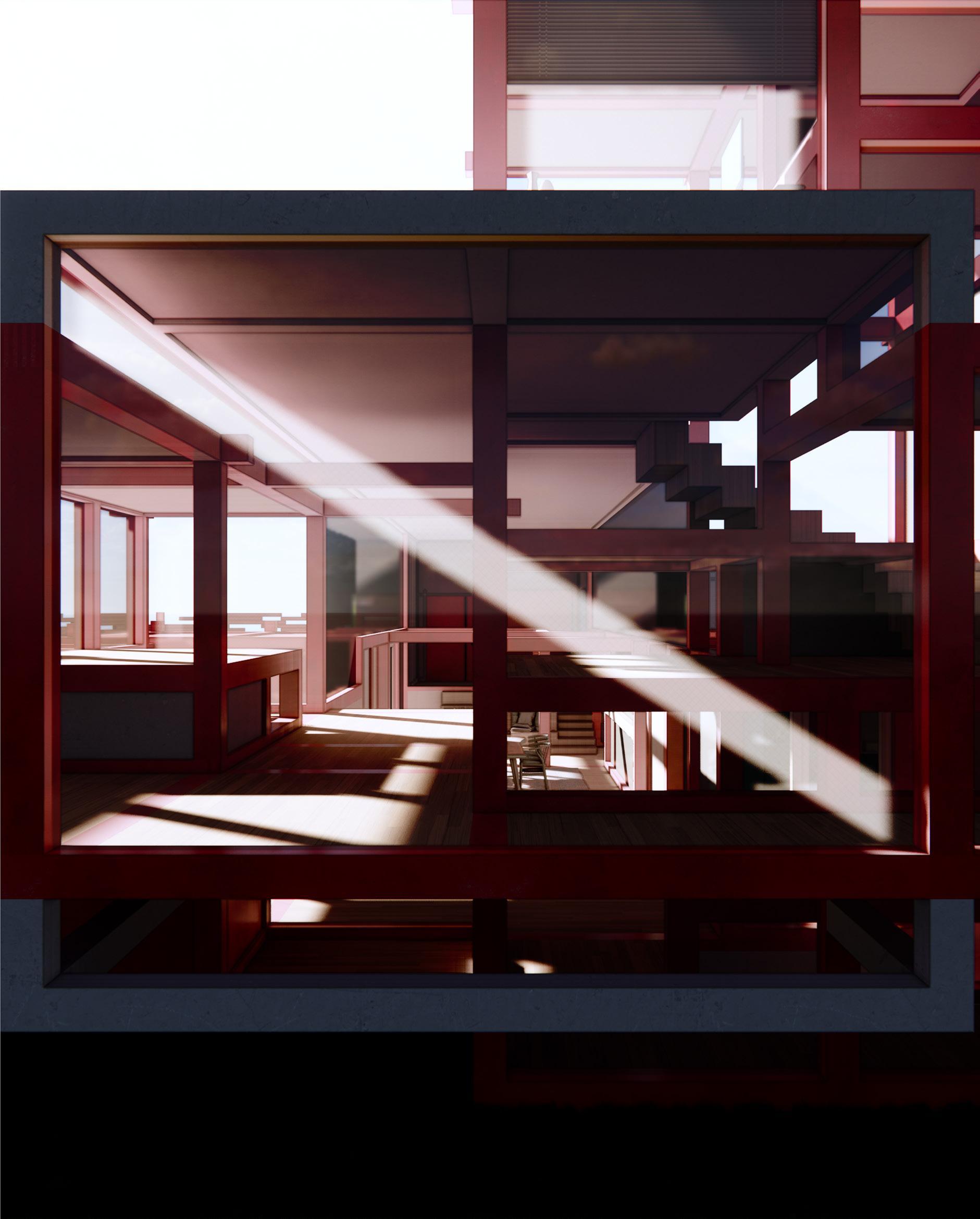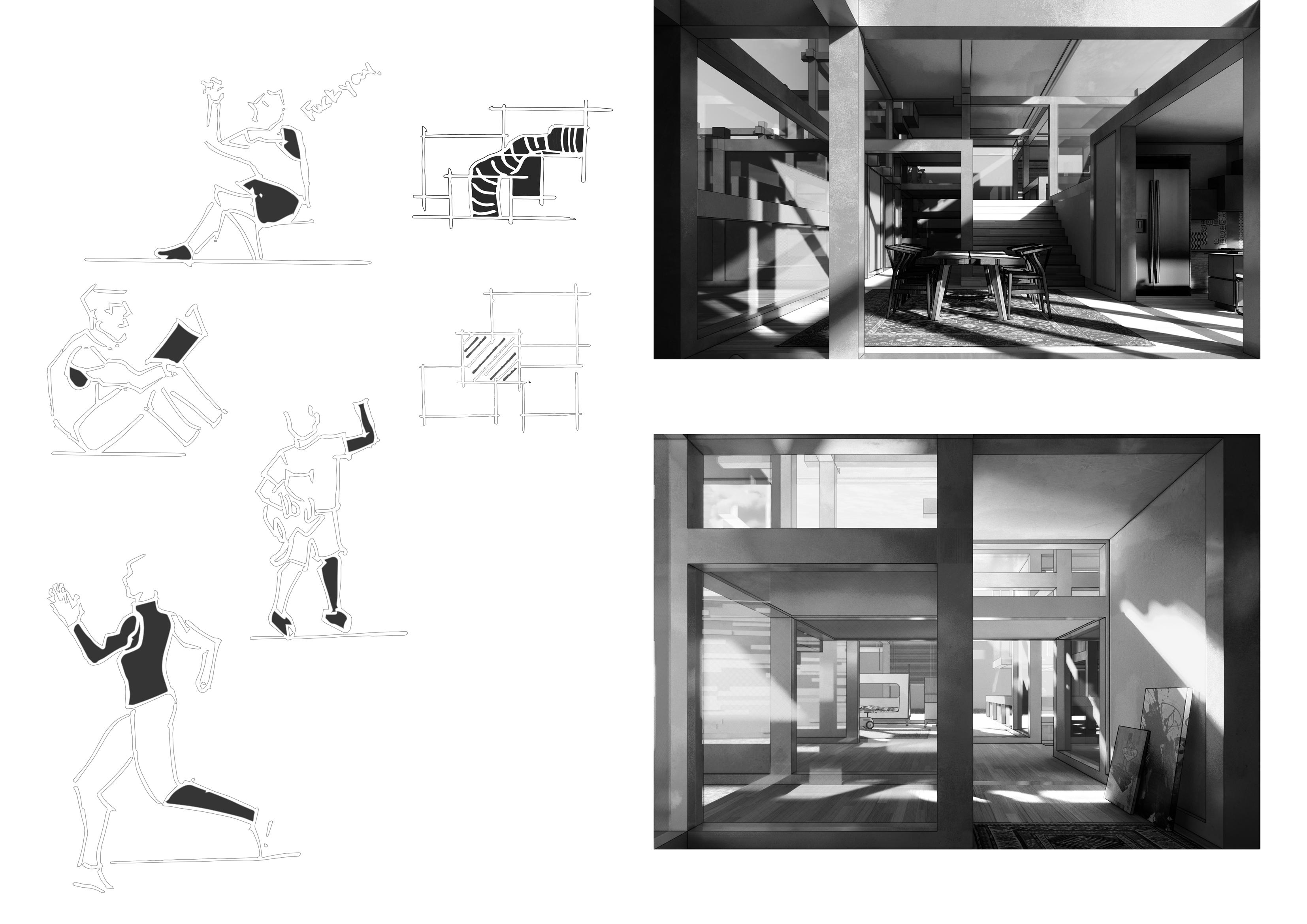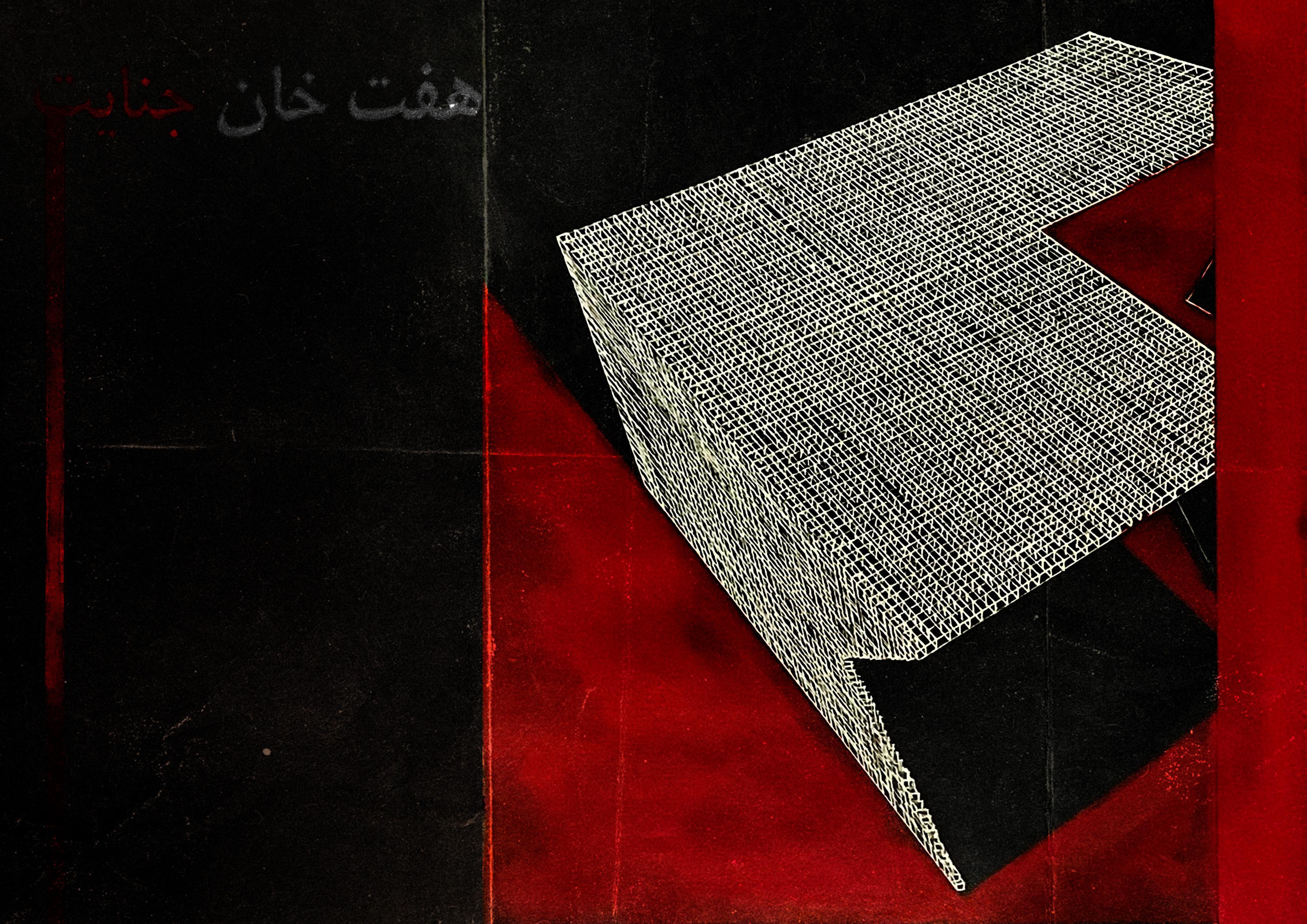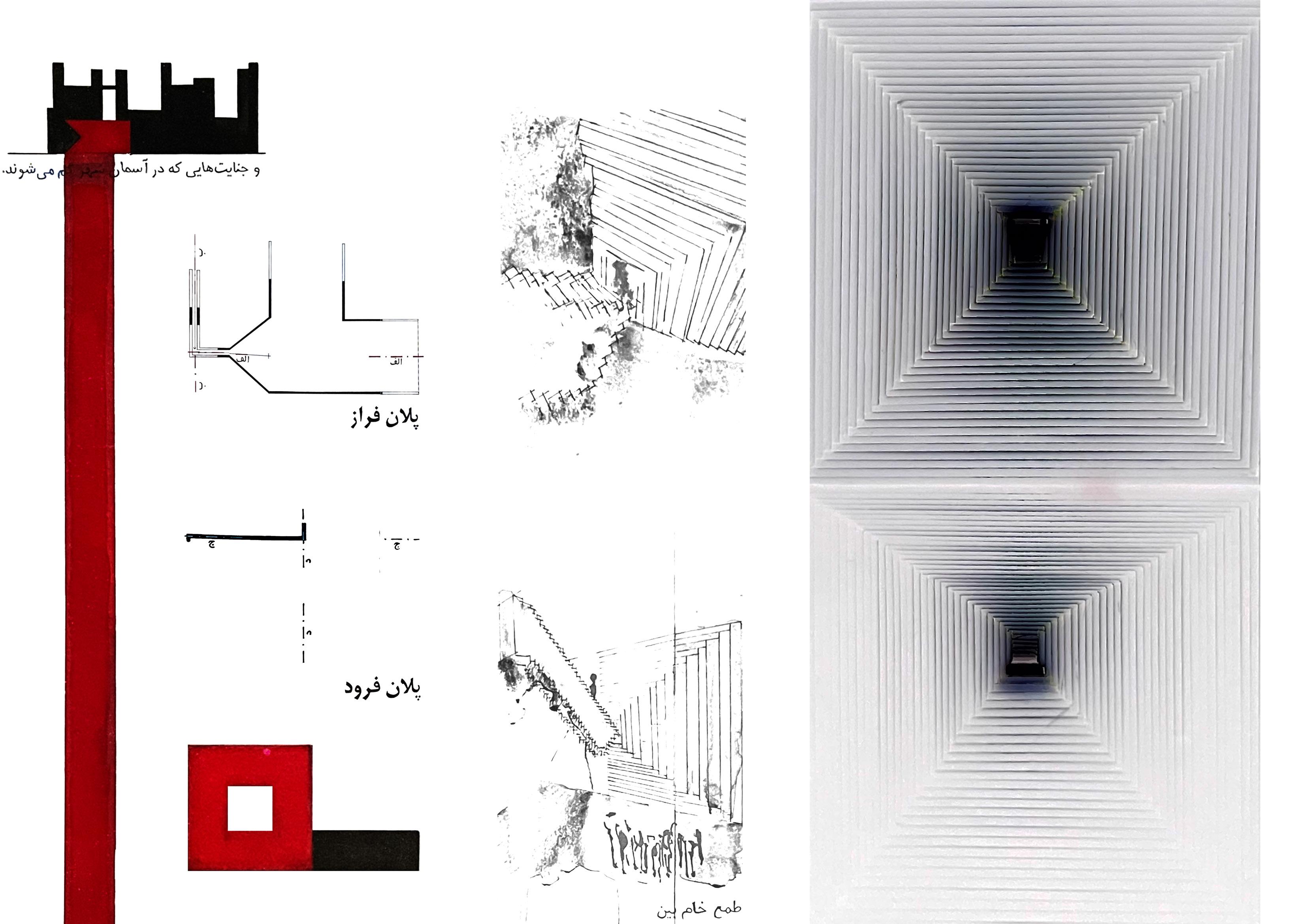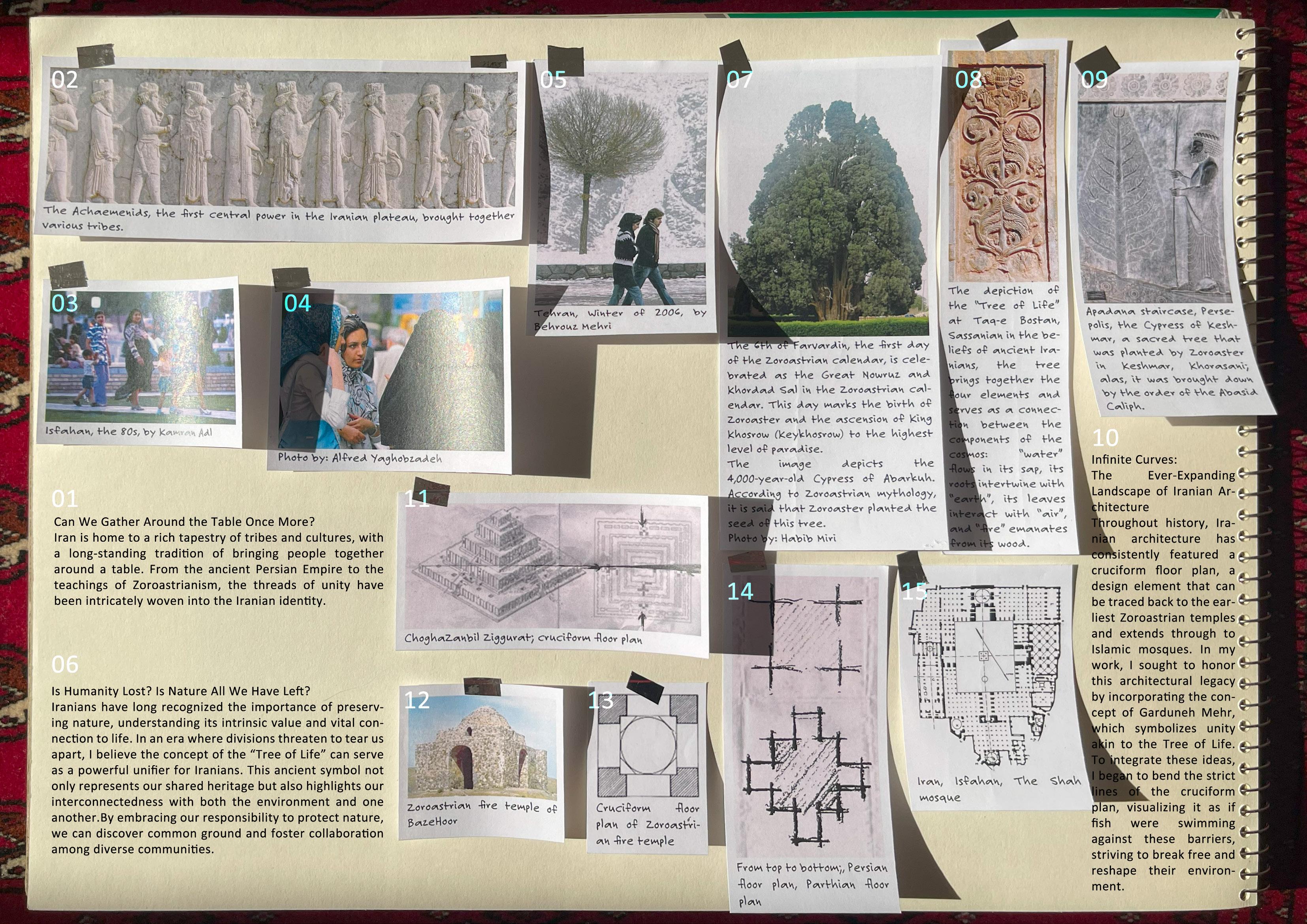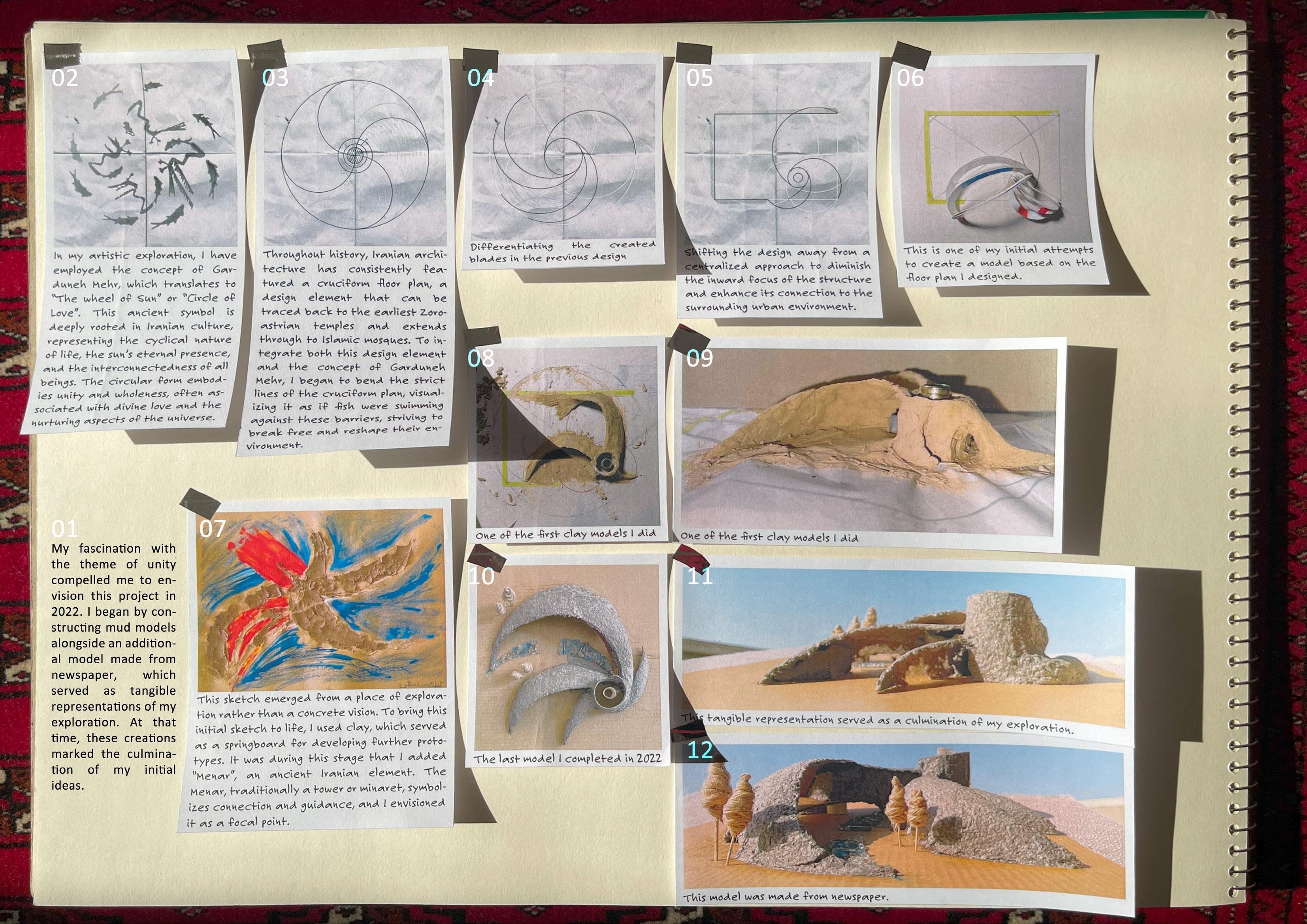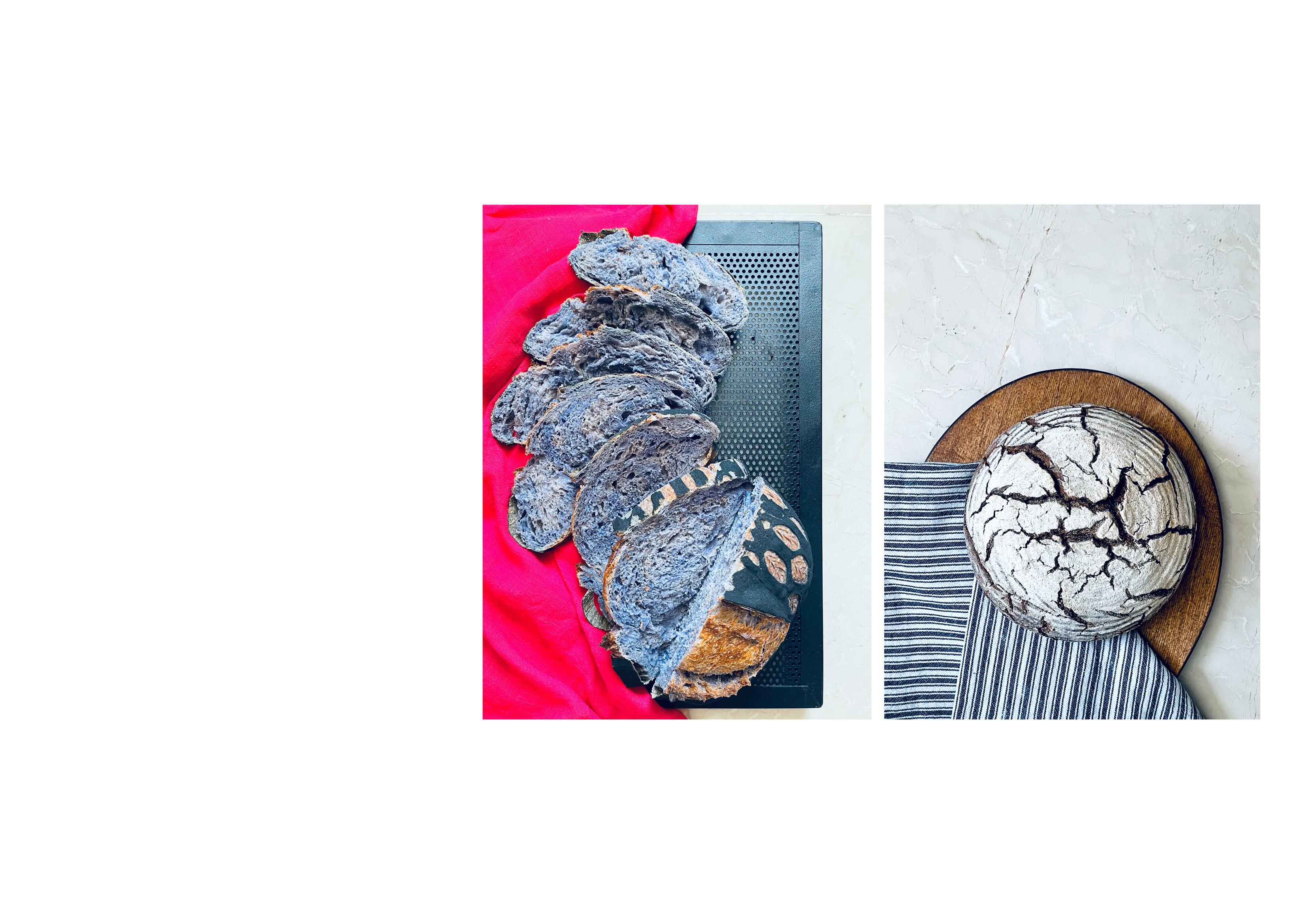Kiana Sadeghi
e-mail mobile birth date sadeghi.kiana2002@ gmail.com
+98 915 822 6641 June 17, 2002
Accomplishments
Dec2024
Awarded a straight Masters degree at the University of Tehran, bypassing the National Masters Konkour Entrance Exam, in recognition of being among the top GPAs of the 2020 Bachelor of Architecture enrollees
July2020
Top 1% in the National Entrance Exam (Konkour) from over 155,000 test takers
Education
Nov2020-Feb2025 Sep2017-Jun2020
Bachelor’s Degree, Architecture, College of Fine Arts, University of Tehran High School, Mathematics, Farzanegan School
Work Experience
Oct2024-Dec2024 3D Printing Technician and Additive Manufacturing Intern, American Concrete Institute, Iran’s Chapter, Tehran, Iran
Academic Experience
Aug2024
Des2023
Des2023
Oct2023
Publications
Aug2022
May2022
Researches & Articles
Feb2024
Feb2024
Docomomo Workshop; Adoptive Reuse, College of Fine Arts, University of Tehran
GEOMARS 3D Ceramic Printing Workshop, College of Fine Arts, University of Tehran
Scissor Structure Workshop, College of Fine Arts, University of Tehran
Parametric Design and Digital Fabrication Workshop, College of Fine Arts, University of Tehran
Generations in Passage, Dariche Print Magazine, Issue 9
Translation of “Invisible Cities: Rethinking the Refugee Crisis Through Design” by Cristina Mateo, Dariche Magazine, Issue 8
Guardians of History: Conservation Practices at Ali Qapu Palace, Class Project, Teamwork, Course Title: Understanding the Principles of Conservation and Restoration, Seventh Semester, BArch, College of Fine Arts, University of Tehran
Memorializing the Fallen: An Analysis of the Vietnam Veterans Memorial, Class Project, Individual, Course Title: Understanding the Principles of Conservation and Restoration, Seventh Semester, BArch, College of Fine Arts, University of Tehran
Jul2023
Unveiling the Chains: The Azadi Tower Experience, Class Project, Individual, Course Title: Architectural Theories, Sixth Semester, BArch, College of Fine Arts, University of Tehran
Jul2023
A Struggle for Survival: From Eastern Narratives to Contemporary Realities, Class Project, Individual, Course Title: Architectural Theories, Sixth Semester, BArch, College of Fine Arts, University of Tehran
Sep2017
Passed the Exceptional Talents Exam and granted entry to Iran’s top SMPAD (National Organization for the Development of Exceptional Talents) senior high schools
Apr2023
Apr2023
Navigating the Digital Landscape: Iran’s Journey Between Tradition and Modernity, Class Project, Individual, Course
Title: Architectural Theories, Sixth Semester, BArch, College of Fine Arts, University of Tehran
Nature as Blueprint: Analysis of Ian L. McHarg’s “Design with Nature”, Class Project, Teamwork, Course Title: Landscape Architecture, Sixth Semester, BArch, College of Fine Arts, University of Tehran
Competitions
Mar2024
Aug2023
Jun2023
Programs and Skills
3D Design Programs
120 Hours competition, International Competition, Teamwork
Kooche’s Office Renovation Project, Internal Competition, Teamwork
Shoniz Booth Design, Internal Competition, Teamwork
Rhinoceros 3D
Grasshopper 3D
SketchUp
Visualization Programs
Adobe Applications
Quantity Surveying softwares
Language Skills
Lumion
Adobe Illustrator
Adobe Photoshop
Microsoft Excel
Farsi|Native
Spanish|Elementary Proficiency
AutoCAD
Autodesk Revit
Enscape
Adobe InDesign
Adobe After Effects
English|Advanced
Computational Design
Selected Design of the Parametric Design and Digital Fabrication Workshop Group Project/Academic/Computational Design
Instructor: SeyedAli Derazgisoo
Tutor: Mona Lavasani, Yaser Karimian
Primary Code: Kiana Sadeghi
Code and Final Fabrication: Mona Lavasani
Project description
The course focused on the history of computational design and teaching the Grasshopper plug-in. The students were asked to work on distinguished case studies and design a project of their own. The next step was creating prototypes to find experimental solutions to their designs’ problems. The prototypes were presented to the class and students voted for the best design.
The design is formed based on bending-active concept. In this process for reaching the ideal stress tolerated in the form, spring steel sheets (thickness=0.3 mm) that were resilient in the bending range were chosen. Each slab with its unique shape, overlaps with others and shapes the final form, placed in three layers.
In this course parametric modeling, algorithmic thinking, team work, experimental fabrication and the experience to build in real-life scale and dealing with its challenges were made possible.
The initial coding of this project was completed by me. Following that, I participated in the prototyping and assembly processes. Finally, I contributed to the creation of a project booklet.
Photo by: Bardia Kaj
Geometry
A three-dimensional net consisting of linear components
Fabrication Code
Polysrf
A ramal mass using multipipe
Tri-Mesh: Breaking the polysrf of the form into ribbons with unroll, was done by Ivy plugin. Ivy does this by creating a graph on the triangulated mesh.
Checking the ribbons for overlapping faces and then Comparing the ribbons with the initial mesh to find gaps which need a third layer. Creating a short graph for two faces ribbons of the third layer
Splitting the form to simpler sections for construction part and adding a tag for each part
To refine the form, the free end of the branches were curved.
Offset mesh: offset distance=material’s thickness=0.3mm for the upper layer
Finding the repetitive pattern which is missed
Two upper and lower layers were created. To make sure they’re perpendicular, the lower layer graph should have been based on the upper layer graph. Which means the weight of the upper layer graph was used to create the lower layer graph.
1. Initial upper layer graph weighting based on mesh faces angles ribbons based on the new graph
2. Initial lower layer graph creating graph based on upper layer mesh weight ribbons based on the new graph
Ivy Graph
Subjoining the third layer above them to complete the pattern
Layer arrangement order
First prototype with HIPS (High Impact Polystyrene)
Photo by: Atefeh Irannejad
Assembly; Spring steel 301 (thickness .3mm) ribbons
Photo by: Bardia Kaj
The assembly of each section, section E, for instance, as shown in this photo, begins with its free end, or its head.
Photo by: Bardia Kaj
Photo by: Faranak Abbasi
The sections were assembled at the College of Fine Arts Exhibition Hall and were subsequently relocated. Photo by: Atefeh Irannejad
Assembling the sections at their final destination formed the monument, which is currently on display. Photo by: Saeid Emadi
Ribbons were secured using bolts and nuts, while rivets were utilized in areas with higher tension.
Photo by: Bardia Kaj
Photo by: Bardia Kaj
Photo by: Mahsa Shiari
Arj Multidisciplinary Art and Industry Complex
Final Architectural Design -ninth semester-2025
Individual/Academic
Instructor: Prof. Saeid Khaghani
Project description
Situation and Task:
The Arj factory, once a major competitor to SAMSUNG and the largest industrial facility in the Middle East, closed its doors in 2017 after 79 years of operation, leaving many Iranians heartbroken. Located in Tehran’s 21st district, the Arj complex holds significant cultural and historical value.
“Arj” embodies a unique collaboration between industry and art, with the industrial aspect represented by the Arjmand family and the artistic aspect by Farmanfarmaian and Mohammad Javadi-Pour. The regional development plan emphasizes the preservation of the industrial landscape, and the inclusion of “scientific-applied” alongside “industrial.” From a phenomenological perspective, the vision for the Arj complex is to create a space that: Revives the legacy of Arj in a contemporary context, blending art and industry once more.
Integrates work and production with education.
Action and Result:
Over time, the slogan “Let us continue the legacy of Arj” became outdated, ignoring Arj’s decades-long decline and, through populism, legitimized itself, promoting the idea that “Iran in 2025 follows a stronger past.”
Arj represents a tangible past, embodying wisdom that no longer exists, making it impossible to determine what narrative could continue its life. This chapter of Arj has long ended. By recreating the image of Arj’s destruction, we can free it from its tragic narrative and allow it to live more freely in the future.
1938
Arj was launched with 8 workers upon Khalil Arjmand’s return to Iran.
1942
With the occupation of Iran, the country’s trade routes were closed, and as imports decreased, Arj’s activities expanded.
1939
Arj’s activities were limited to blacksmithing, foundry work, and welding. Arj delivered the largest triumphal arch for the wedding ceremony of Mohammad Reza Shah Pahlavi, which was installed at the entrance of the National Bank.
1945
1959
Siavash Arjmand shifted the factory’s production from industrial goods to home appliances. He stated, “by producing home appliances, the lady of the house can be freed from household chores and participate in economic and social activities.”
Khalil Arjmand, at the age of 35, fell 36 meters to his death due to the snapping of a lifting cable he was using.
1968
1970
The factory was inaugurated with a visit by Mohammad Reza Shah.
1998
Embezzlement of 20 billion tomans and the appointment of managers who lacked sufficient expertise slowed down the development of the Arj factory.
The construction of the Arj factory began at the 5the kilometer of the Karaj road and was completed after 20 months.
1979
During the confiscation of properties and assets, the factory, along with other assets of the Arjmand family, was transferred to national industries.
2017
The factory was shut down and sealed after 79 years of operation.
Concept; The image of Arj’s destruction “And there was a woman of Iron, who bore a son of concrete, but lo, death came upon them, crushing all in its path.”
Concept Development; To materialize the concept of ‘Narrating the Destruction of Arj,’ I imagined the breaking of iron and concrete under the pressure of the black force of death.
Alvand Cafe
A-A Section,
Triad Housing Complex
Architectural Design V- eighth semester-2024
Individual/Academic
Instructor: Prof. Alireza Einifar, Prof. Ameneh Bakhtiar
Project description
Situation and Task:
We were assigned to select a site in the 6th district of Tehran, Iran, for the design of a housing complex consisting of 80 to 100 units. Action and Result:
I opted for a location adjacent to Hemmat Highway, driven by my critical view of the mundane housing developments that typically line major roadways. My objective is to introduce a distinctive approach that diverges from conventional designs. I envision a residential architecture that draws inspiration from the vibrant character of the neighborhood, promoting a deeper connection between the community and the city.
A central element of my concept is the rooftop design. Although a waffle structure roof may appear simplistic, I believe its uncomplicated nature enhances both functionality and vibrancy. This design has the potential to breathe new life into existing buildings, which often lack warmth and a sense of community. By transforming rooftops into engaging, usable spaces, we can create an architectural solution that enriches the living experience and positively influences the urban landscape.
Why Triad?
Hemmat Highway
Doostan Park Street
The Site I Chose for the Project
Added streets
01. One approach to infuse the housing complex with the liveliness of the streets is to create open spaces between the blocks of buildings. This will reduce the likelihood of the complex becoming isolated, which is a common issue in many cases.
Gradually reducing the height of the blocks near Doostan Park can create a friendlier-looking street. Meanwhile, taller blocks near Hemmat Highway provide passengers with an opportunity to view the complex.
02. One approach to enhance privacy for residents in each block is to incorporate courtyards. These shared outdoor spaces can provide a tranquil environment for relaxation and social interaction while maintaining a sense of separation from neighboring units and street.
Creating gaps between units to provide each resident with a balcony of green space and enhance natural light and ventilation.
03. One approach to transform the typical dead facades adjacent to highways is to integrate a wooden roof. The dynamic nature of these rooftops can capture the attention of passing drivers, turning what would typically be a dull view into an engaging and lively scene.
Fitness/Yoga Studio
Co-working Space
Flat Rooftop Block Rooftop
Pilotis
Steel Rode
Rigid Link Glass Panels
Glued Laminated Timber Connection Linking Waffle Structure to Rigid Link of glass panel
Waffle structure
Universal Joint Connecting Columns to Waffle Structure
Folding Partition Wall Panel
Glass Panels
Wooden Waffle Structure
Steel Rode and Rigid Links
unit is designed for a growing family of two. It has two bedrooms; one can be rented out or used as a home office.
unit is designed for a family of three.
This unit is designed for a family of four. In addition to the master bedroom, it also has a large bedroom for two and a smaller bedroom that can be rented out.
This economical unit is designed for a family of five to six.
This
This
Type 01
Type 02
Type 03
Type 04
Alvand Community Center
Architectural Design IV- seventh semester-2024
Individual/Academic
Instructor: Prof. Ayoob Alinia, Prof. Hamidreza Ebrahimi
Project description
Situation and Task:
The task involves selecting a site in the 6th district of Tehran and designing a local community center that will serve as a hub for local activities in the post-pandemic era. The goal is to support the growth of a vibrant, interconnected community.
Action and Result:
I took the initiative to select a steep site because I had a clear vision of addressing the disintegration caused by major roadways, which were physically and socially dividing the neighborhood. The fragmented nature of the area, with roads like Nelson Mandela Boulevard cutting through the community, created a sense of isolation and disconnection, making it difficult to perceive the neighborhood as a unified whole. To tackle this, I envisioned a community center that could serve as a bridge—not just in the physical sense, but also in fostering social cohesion.
Concept Design Diagrams
Districts’ Borders Highways
Major roadways divide many neighborhoods in Tehran. In some cases, highways cut directly through districts, effectively severing parts of neighborhoods and disrupting social connectivity within these areas.
The Site I Chose for the Project I chose this site because, to me, it represents the intersection of a neighborhood divided by Nelson Mandela Boulevard. My goal was to connect the two fragmented parts: one vibrant and the other deserted due to urban developments.
Districts
6
District 6, where my site is located, is situated on the steep lands of Tehran, within the Arjantin viewpoint area. This geographical feature makes it one of the few highlands in the city, amplifying the disintegration within the neighborhood.
First, I arranged the blocks of my project in such a way that their rooftops can be utilized as part of the Arjantin viewpoint for citizens, ensuring that the view is not blocked. Furthermore, these blocks provide easy access for citizens to the boulevard, which lies in the lower lands.
I added a bridge, fostering access to the previously uninhabited land. This bridge not only improves mobility but also transforms the area, making it vibrant and lively, where once it was idle and disconnected.
Project Overview
01. Demographic Diversity
District 6 features a diverse population, including middle to upper-middle-class residents, young professionals, families, and elderly individuals. This demographic mix makes it an ideal location for a community gathering venue focused on local engagement.
02. Entrepreneurial Hub
The area is home to a vibrant entrepreneurial scene with co-working spaces, startups, and SMEs. Our project includes a co-working space designed to support local entrepreneurs and foster collaboration.
03. Youth Engagement
District 6 lacks safe and engaging spaces for youth. The proposed teen lounge will offer teenagers a positive environment for social interaction and personal development, addressing their unique needs.
04. Cultural Experience
With landmarks like the Arjantin viewpoint, District 6 attracts visitors seeking recreational activities. Our cafe will provide a relaxing space where visitors can enjoy coffee and scenic views, enhancing the cultural experience.
05. Intergenerational Connection
The mix of young people and elderly residents highlights the need for inclusive spaces. The junior high court will facilitate intergenerational engagement through shared activities, promoting connections between teens and elders.
Venue’s Balcony
Isometric View of the Community Center Situated on the Topography
Tehran Performing Arts Center
Architectural Design III- sixth semester-2023
Individual/Academic
Instructor: Prof. Saeid Haghir
Project description
Situation and Task:
We were assigned to design a performing arts center with a floor area of 3,000 square meters in Tehran’s District 2.
Action and Result:
During the course of this project, I embraced the concept of introverted architecture as a response to the fragmentation between avant-garde and mainstream art forms. I was intrigued by the idea of creating a space that reinforces and celebrates this divide, providing a sanctuary for avant-garde artistic practices.
However, as Professor Haghir encouraged us to explore negative spaces in our design process, I envisioned a performing arts center that serves the unique needs of avant-garde artists while offering moments of interaction and reflection.
The result is an architecture that embodies avant-garde principles while creating purposeful spaces for engagement.
Bricks
Initially, I was inspired by the story behind Pink Floyd’s The Wall album. Roger Waters, frustrated by the large crowds at their mainstream concerts, confided in his psychologist that he wanted to build a wall between himself and his fans. This idea of separation resonated with me, and I realized that what the Iranian cultural landscape truly needed was an avant-garde performing arts center. A space for avant-garde artists to showcase their work, catering to an audience that values innovation and non-mainstream art. It would be a place that draws a clear line—a wall—between avant-garde expression and popular culture.



Later, Professor Haghir encouraged us to conceptualize our projects as characters. This exercise emerged from the idea that the difference between architecture and buildings is that architecture has character. I imagined my art performance center as a strong, masculine, gay woman, which aligns with my previous idea of building a wall This woman, like a wall, would only allow those who are like her—other women—into her space, while keeping others out, just as a wall does, preventing anyone from crossing the boundary.

To achieve our architectural form, we initially shaped negative spaces using shaving cream, guided by our analysis of site energies. This process was largely intuitive and aimed to define our project as a dynamic spatial sequence characterized by tangents and diagonals rather than traditional axes. We proposed an interweaving of public squares, interiors, and passageways to energize and densify the area. The intersections of these urban elements are designated as public spaces. Once we established the shape of the negative spaces, we proceeded to design the form of our project.
01.
House of Hide and Seek
Architectural Design II- fifth semester-2023
Individual/Academic
Instructor: Prof. Saeid Khaghani
Project description
Task:
During the course, Professor Khaghani encouraged us to design our future homes through non-fiction and scenario writing.
Scenario:
Sneaked a peek midway through counting.
Saw her from the bedroom window, hiding in the balcony.
Poopak thinks of herself as an eerie and complex teenager. She is distant and her interactions are as brief as eye rolling. Therefore, It is unpleasant to be around her snarky attitude.
Khosrow is waiting for inspiration to strike. He, Just like any other writer, believes staying away from those who he calls a distraction is the way of overcoming terminal writer’s block.
Soleiman, Unlike Poopak, has not found the so-called field of talent. However, he is mastering the art of Happiness.
Action and Result:
Despite the residents desire for solitude, personal spaces are spread through levels and walls are removed to give the family a sense of loved one’s presence.
Through non-fiction and scenario writing, accompanied by sketches depicting my day-today activities with my family, I began to form my initial understanding of how my family functions. I observed that while family members often engage in their own activities and may occasionally be at odds with one another, the home serves as a unifying space that connects them. A daughter might be painting, a father writing, and a son playing with his cat; with each laugh from the son, others sneak a glance and then return to their own pursuits. These experiences and observations have influenced the vision I have for my future home.
Shared spaces that weave through the private areas
Private spaces for each family member
Section 01
Section 02
First Glance
Casts a furtive glance toward the boy’s room
The Seven Stages (Haft Khan) of Crime
Architectural Basic Design III- third semester-2022
Individual/Academic
Instructor: Prof. Eisa Hojjat, Prof. Parastoo Eshrati
Project description
Task:
As we explored various architectural domains throughout the course, we were ultimately assigned a project centered around a single concept: “Haft Khan.”
Situation:
“Haft Khan” is a complex notion in Farsi, rich with multiple interpretations. The word “Khan” can refer to a house, stage, or even titles of nobility, while “Haft” means seven. However, in Farsi, numbers can carry metaphorical significance, suggesting abundance or intensity rather than a literal count. Additionally, “Haft Khan” is a term found in the Shahnameh, further enriching its meaning. This ambiguity allowed us the freedom to interpret “Haft Khan” in our own unique ways and to design accordingly.
Action and Result:
For me, “Haft Khan” marked my inaugural attempt to breathe life into a new reality through architecture. In this project, I envisioned a loop where individuals enter a reality from which they cannot escape, mirroring the idea of being born into a system we cannot avoid—a cycle of crime that traps us in our own existence.
Acrylic and White Gel Pen on Black Cardstock
The hidden stories and forgotten crimes within the urban landscape.
Elevation Floor Plan
Landing Floor Plan
The diagram illustrates a cyclical loop depicted through floor plans
Pigment and Watercolor
What was it that captivated you in the first place?
3D Model with Foam
Sanctum of Harmony:
Reviving Nature and Spirituality in Modern Iran
Concept Design-2022-Present
Individual/Personal Exploration
Project description
Situation and Task:
In today’s world, where religion often takes a backseat and borders appear increasingly arbitrary, there are forces at work attempting to divide Iranians into “us” and “them.” This polarization poses a significant threat to the rich unity that has historically defined our nation. In this context, what can bring Iranians back to the table?
This question deeply resonated with me, prompting me to explore how Iran’s architectural heritage can inspire contemporary dialogue about unity and transformation. I believe that our architectural legacy holds the potential to bridge divides and foster a sense of shared identity among Iranians today.
Action and Result:
I envisioned a sanctum that embodies the ancient Iranian reverence for nature, integrating the Tree of Life and the four elements to create a space where spirituality and environmental stewardship converge. In a time when ecological degradation is rampant, this sanctuary aims to educate and inspire future generations to respect and cherish their natural surroundings while fostering a sense of collective identity in a culturally diverse society.


Now, I have developed a profound connection to the concept of sanctity within Iranian history—an appreciation I had not fully grasped before. This led me to revisit the project in 2024, where I utilized my computational design skills to envision a sanctum where the branches of the tree of life itself contribute to the creation of the structure. The sanctum appears to have a shell encased by the tree of life’s branches, integrating nature and spirituality into the design, a sanctuary inspired by the Tree of Life, born from the very branches of trees themselves.
Unveiling the Chains:
The Azadi Tower Experience 08
Class Project- sixth semester-2023
Individual/Academic
Instructor:
Prof. Saeid Khaghani

In the urban labyrinths we inhabit, the spaces we occupy often bear silent witness to our histories, struggles, and collective memories. Yet, some of these spaces, like Tehran’s Azadi Square, once resonant with the promise of liberation, now whisper only of alienation. What happened to the “freedom” that once lived in these places? Azadi, a symbol of revolution, now carries the scent of decay. Its once vibrant air is thick with the weight of a history that no longer serves its people. I seek to explore the intersection of architecture and gender, particularly how public urban spaces, such as Azadi Square, have become sites of exclusion rather than empowerment, especially for women. Azadi Square, emblematic of public freedom, now stands as a symbol of contradiction. Once a gathering place for the masses, it has become a space where women often feel marginalized, unsafe, or out of place. The “death” of Azadi, its transformation from a symbol of freedom to one of confinement, is a direct result of a historical neglect that continues to shape the spaces we live in today.
I want to ask: how can we design spaces that promote freedom for everyone, not just some? Can we reimagine iconic spaces like Azadi to become truly inclusive, safe, and empowering for marginalized communities?
In examining this issue, I have encountered two contrasting approaches within architectural discourse regarding architecture’s role in society: passive and active. Peter Eisenman, a leading figure in architectural theory, advocates for a post-functional approach, emphasizing that architecture should not concern itself with social issues. For Eisenman, architecture is not a tool for social change but rather a conceptual endeavor that challenges formal norms. He argued that architecture need not address the social problems of the day, but instead should provoke thought through its formal qualities.
On the other hand, architects like Lebbeus Woods have championed an active approach to architecture. Woods believed that architecture should be a catalyst for change, influencing the social dynamics of the spaces it inhabits. Architecture, in this view, is not merely a passive observer of social dynamics but an active participant in reshaping them. This is what I have done so far as this research became my obsession during one of Iran’s recent political unrests, where Azadi became a ground for division. The square, once a beacon of unity and liberation, now embodies the stark contrasts between power and marginalization. The once-promised freedom is overshadowed by a landscape that feels increasingly alienating. It is within this fraught and charged environment that I seek to understand how urban spaces can be reshaped—how architecture can move from being a passive observer of societal fractures to an active participant in healing them.
09
Navigating the Digital Landscape:
Iran’s Journey Between Tradition and Modernity
Class Project- sixth semester-2023
Individual/Academic
Instructor: Prof. Saeid Khaghani
We have settled into the dilapidated bus of Iran like children on its worn-out seats. Through the advertisements clawing at the window, we gaze at the technology of “anywhere but Iran.” We nod slightly at the more colorful and attractive vistas. The thick glass of the bus makes it disgustingly difficult to comprehend their complexities.
The anxiety of lagging behind has ensnared us with arrogance. Yet, we want to raise the banner of being avant-garde and go to war with those who pound their chests in reverence, walking alongside our forward-thinking fellow travelers. When we run out of ideas, we cling more desperately to the virtual window that those across the waters have constructed from their spaces. We don’t know which of the small frames depicting their grand advancements we should choose. The volume of minute details hidden behind the large pixels of images makes the shade of tradition appear even cooler.
In the middle of the bus, caught between tradition and modernity under the blanket of “I don’t know,” I see myself and my fellow sixth-semester students drowsy. A cool breeze comes from the right; we are looking in another direction. The futurists are building wooden models against a backdrop of Western technology, occasionally erecting domes and brick walls. Out of the corner of my eye, I see the modernists who, on their path to a green and sustainable future, have migrated from the physical world to the virtual one; they don’t build paper models; they use VR to touch the real architectures of the future and then return. Our leftist fellow travelers see us in amazement and, against functionality, create forms, composing mythological poems for their architectures, calling the staircase a whirlpool promenade.
We are lethargically sitting on a fault line. The content produced over hours passes before our eyes in less than a second. The reality that we still do not hold the upper hand now lashes our Eastern bodies with even greater speed. Our stagnant brains sometimes ask, “Where does this thread lead? Perhaps if I grab it, I’ll understand this as well.” What should we do? Should we leave the bus for two or four years like our grandfathers, floundering a bit in their world, and then seek refuge in the shade of tradition in this hot and lethargic place? Or should we, like our black-clad fathers , weave degenerate and decayed syntheses from behind screens?
We have been reminded that we are heirs to our ancestors; we hold our archetypes close and sit in the path between the mosque and tavern. Those who come after us—where will they sit? Will they sit in our row or not? Instead of sitting in the middle path, will they take steps on it? We all know “the sense of unity” ; I won’t revisit it. I pose another question. The perception we have today of reality is that “the middle” heals the wound of the “identity crisis” of the Iranian body. So why are we sitting here so lethargically? Who is to blame? Perhaps it’s the driver. But wasn’t the driver a scarecrow built by fellow travelers? Is the bus futile? Didn’t we build the bus? It seems that the time has come for these questions. There exists a lethargy born from the anxiety of confronting the reality of “never arriving.” What shall we do about it?
When the pit of death reaches out for our bus and calls it toward itself, they suggest, “Limit your hours of using virtual space; perhaps it will ease your anxiety.” These half-hearted solutions reduce our fear of death but living the future in the way of the past is scarier.
In response to the subject “Fine Arts Campus, 2070,” we sketch as if we are an Italian futurist. “Tehran, 2070” is just as strange. However, foreigners lay their foundations for their future—good or bad—in their past and present.
In a world where we share a common virtual space, we think with the logic of our ancestors. The “conspiracy delusion of outsiders” and the concept of “Iran and the Other” have been ingrained in our archetypes since the dawn of Iranian history; this is a legacy we bear. In such thinking, they construct a future for themselves based on their past and present—a future in which the Iranian bus has no role. The passengers of this bus know that “the beginning of our history is locked at the end of their history.” Perhaps the way to escape the anxiety that has pulled the brakes on our movement is to consider ourselves as part of this future. One of the barriers preventing us from participating in such a future is the self-deprecation we have experienced since our early interactions with the West, resulting from our frustration with development. We view our past as a container that has been packaged and settled on the margins of the West.
Many individuals have debated the quantity and quality of Iran’s interactions with the West. Although the past exerts deterministic influences on the present, the reality of “being or not being” in terms of mutual influence between Iran and the West
cannot hinder our participation in the “present” and “future.” With such a mindset, there is no longer a thread to find and follow. The bold syntheses that emerged during contemporary Iran stemmed from a mindset that did not differentiate between itself and the West. This is not to praise such thinking, as it often leads to an international architectural style that is designed independently of its context. Rather, the goal is to find comfort in being one with “the Other” which facilitates the creation of architectures.
The anxiety stemming from historical asynchrony with the West and being late compared to it has been a burden that has accumulated on our shoulders since the mid-Qajar period. Iran waited for the printing and translation of ideas that had been concluded in the West years earlier. The virtual space has reduced this temporal lag from years to seconds. Such a blessing should have provided us with peace of mind, but what happened? Those who engaged in architecture, under the pretext of preserving their creative image, produced degenerate syntheses based on materiality and what was tangibly understood from Western architecture among a small community of Iranian architects. Can we attribute this to the overwhelming amount of content we receive in a short time?
I cannot draw a conclusion, but I will summarize briefly:
1. The anxiety and frustration of the Iranian architectural community in facing the “virtual space” result from interpreting today’s relationships based on yesterday’s logic. If we consider ourselves part of “the past,” “the present,” and “the future” alongside “the Other,” contrary to what traditional community leaders demand from their followers, and if we do not seek to build a completely self-sufficient and independent world, we can free ourselves from such anxiety and its resulting arrogance. In this condition, the “virtual space” allows for the participation of the Iranian architectural community in the future of architecture.
2. Given the vast amount of data published in a short time, the simultaneity that “virtual space” provides with the West may lead to overlooking the significance of contemplating Western architectural concepts.
Loafing Around
Description
As I stepped into my family’s bread baking business, I discovered that the sourdoughs I create serve as an extraordinary medium for my artistic explorations. Each loaf becomes a canvas on which I can express myself—my obsession with interlocking layers and vibrant colors that scream for attention.
From left to right:
A vibrant sourdough bursts apart, Shattering shadows with a fiery heart.
In the oven’s embrace, it springs to life, A riot of colors, a dance of delight. Second, a rustic all-rye loaf, Brutalist in form,
A morning sustenance, Grounded before the storm.
